- Excellent drivability for a hybrid
- Great real-world fuel economy
- Spacious and practical interior
- Dated interior elements show its age
- Value equation needs improvement
- All-new model has already been revealed
When it comes to emissions standards and the green movement in cars, the Australian market is somewhat behind. While Europe is seemingly all-hybrid and almost at the Euro 7 standard for emissions, Australia is still at Euro 5 with Euro 6 (and the cleaner fuel and cars that it would enforce) are at least a few years away. As such, Toyota aside, hybrid options are still pretty limited in Australia. Finally though, another company is offering a hybrid SUV in Australia: the 2022 Kia Niro Hybrid S.
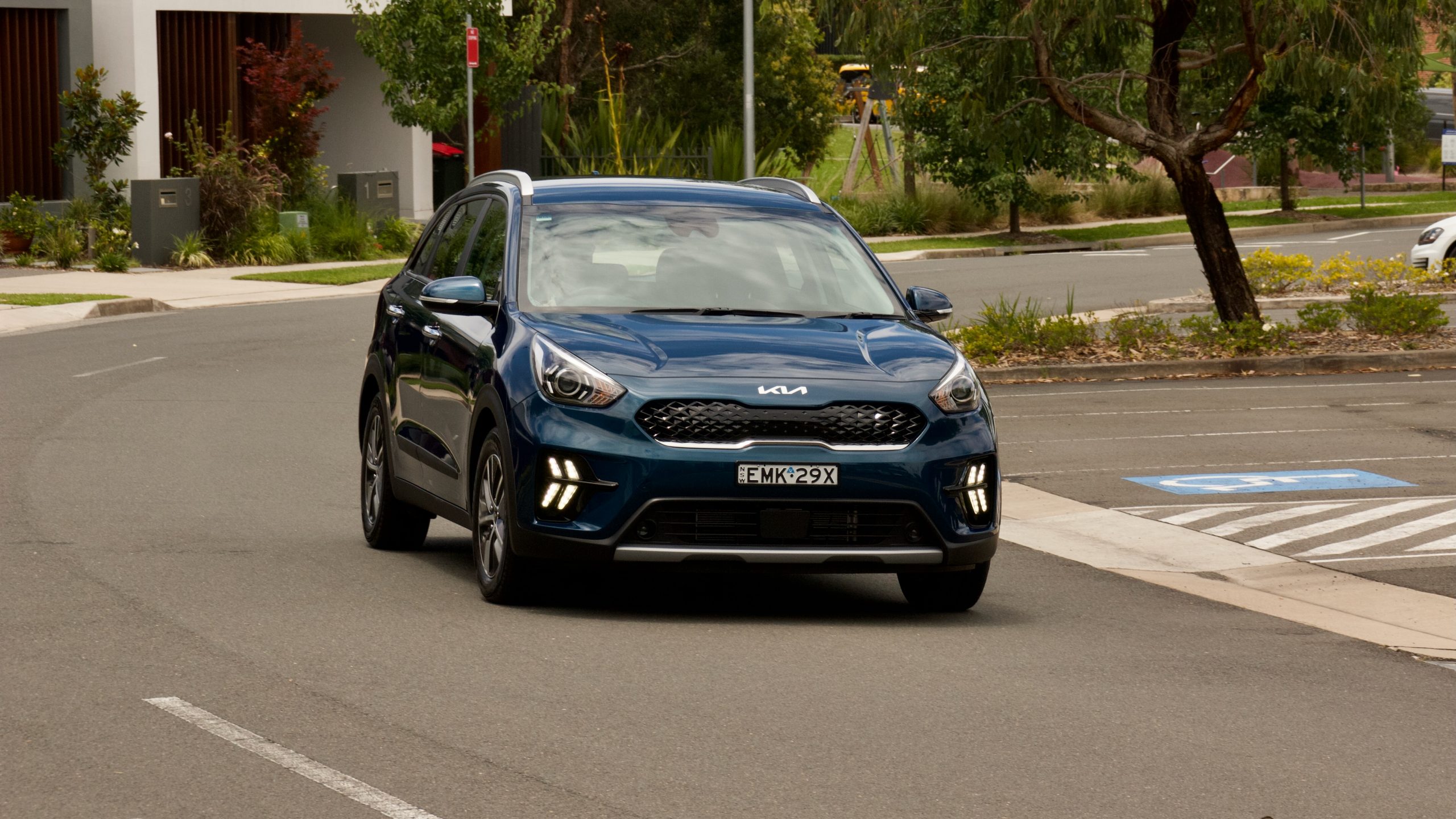
We’ve tested the Niro previously and came away impressed, but that was the all-electric e-Niro variant. Yep, unlike pretty much all other hybrid cars in Australia, the Niro can be had in all-electric, plug-in hybrid or regular ‘self-charging’ hybrid form with the latter the least expensive.
Price & Equipment: 7/10
Priced at $41,990 drive away, the 2022 Kia Niro Hybrid S is the cheapest entry point to the Niro SUV range. It’s $8,000 less expensive than the equivalent plug-in hybrid and a full $25,500 less than the equivalent all-electric e-Niro.
Standard kit includes automatic halogen lighting with LED daytime running lights, 16-inch alloy wheels, automatic wipers, dual-zone climate control, an 8.0-inch touchscreen with wireless Apple CarPlay and Android Auto, digital radio, half leather/cloth upholstery, a 10-way electrically adjustable driver’s seat, remote keyless entry, heated and auto-folding mirrors, a leather-wrapped steering wheel and gearknob, a six-speaker sound system, drive mode selection and an alarm.
Safety equipment includes seven airbags, auto emergency braking (AEB) with pedestrian and cyclist detection, lane keep assist with lane follow assist, driver attention monitoring, adaptive cruise control with stop and go functionality, lead vehicle departure alert, rear parking sensors and a reversing camera.
Buyers must step up to the $45,990 drive away Sport to add features such as larger 18-inch wheels, blind-spot monitoring, rear cross-traffic alert and even LED headlights. But even then, it still misses out on the sunroof, digital driver’s display, memory seating, heated and cooled seats, keyless entry and start and eight-speaker JBL sound system that’s offered on South Korean models.
Paint options for the Niro include ‘Sunset Orange’, ‘Interstellar Grey’, ‘Runway Red’, ‘Steel Grey’, ‘Aurora Black’, ‘Snow White Pearl’ and our test car’s ‘Deep Cerulean Blue’. All of these options are $520 extra and the only no-cost colour is ‘Clear White’. The only interior option for the entry-level S is black half leather and cloth upholstery.
Somehow in 2022, hybrid small SUVs are still hard to come by and if you want one, the Niro or the Toyota C-HR are your only options for now. More options exist overseas such as the Hyundai Kona hybrid – which shares the Niro’s mechanicals – but it’s ruled out for Australian consumption.
The C-HR hybrid is only offered in top-spec Koba or sporty-looking GR Sport (both are around $42,000 drive away) forms in Australia, which makes them priced quite similarly to the Niro (the entry-level non-hybrid C-HR starts at around $35,000). Despite being priced similarly, the C-HR is significantly better equipped than the Niro S and its extra standard kit includes larger 18-inch wheels, full leather upholstery with heated front seats, all-LED lighting with auto high beam, blind-spot monitoring with rear cross-traffic alert, automatic rear braking, keyless entry and start, inbuilt satellite navigation, a 360-degree parking camera and front parking sensors.
The Niro has rear air vents, an electric driver’s seat, wireless smartphone mirroring, an alarm and a rear centre arm rest over the C-HR, but that’s not enough to overturn the Toyota’s superior value equation.
Performance & Economy: 9/10
Under the bonnet of the 2022 Kia Niro Hybrid S is the same drivetrain that’s fitted to the Hyundai Ioniq – a 77kW/147Nm 1.6-litre four-cylinder petrol engine that’s mated to a 32kW/170Nm electric motor that gets its power from a 1.56kWh lithium-ion battery pack that’s located under the rear seat. Total outputs are rated at a healthy 104kW of power and 265Nm of torque and the sole transmission available is a six-speed dual-clutch automatic. Performance is totally fine – certainly quicker than the Toyota C-HR hybrid – and the 0-100km/h claim is just under 10 seconds.
While the hybrid system is nothing new, the use of a dual-clutch auto is – most other hybrids use a CVT automatic, which makes the Niro’s drivetrain refreshingly normal. While there is a bit of low-speed hesitancy in the typical dual-clutch way, the hybrid’s electric boost of torque helps smoothen it out. It’s more drivable than a Toyota hybrid system thanks to the normal transmission – there’s no flared nature in acceleration, the throttle position generally matches the revs and it’s just very normal in its transition from electric to petrol power.
The electric motor’s 32kW isn’t enough for it to keep up with a lot of traffic on electric power alone, but we found that it would take off and get up to around 40km/h in EV mode with reasonable throttle management, which is great. And of course, like a Toyota hybrid, any time your foot isn’t on the throttle, it turns the engine off and the energy used to brake goes back to the battery, which helps fuel consumption massively.
Kia claims that the Niro Hybrid S will use 3.8L/100km on a combined cycle and we achieved 4.5L/100km, which is pretty good. Helping running costs further is that it can run on 91RON regular unleaded and features a 45-litre fuel tank.
Ride & Handling: 8/10
Riding on the same platform as the Ioniq – and indeed the Cerato, Kona, i30, etc – the 2022 Kia Niro Hybrid S is an easy car to drive. It’s dynamically sound thanks to the European tune that Australian-spec cars feature – the steering is well weighted, the suspension is taut and the ride is a touch firm, but it displays great body control. It’s not a bad handler – certainly better than the 300kg heavier e-Niro – either, with a well balanced chassis that gives reasonable fun behind the wheel. The Michelin tyres give solid grip in the dry and in the wet.
The Toyota C-HR offers a better balance behind the wheel though thanks to its more connected steering and slightly softer ride quality that makes it especially comfortable around town. But the Niro’s visibility is far superior to the C-HR and while neither car is particularly quiet at speed, the Niro does a good job of hushing outside noise from the cabin.
Interior & Practicality: 7/10
While the next generation Niro has just been revealed, the current model was launched back in 2016 and against newer Kia products, it feels its age thanks to older switchgear and a more conservative design. Despite that though, the quality is reasonable – thanks to its European focus – and its ergonomically excellent with a really easy to use feel around the cabin.
The quality inside the Niro is reasonable with a soft-touch dashboard and door tops, and although everything below is hard plastic, the materials used are pleasing to the eye and it feels very well built. We particularly like the half leather/cloth seat material as it’s quite comfortable. The front seats are also nicely comfortable, with good bolstering and a good range of electric adjustment – are you listening, Toyota?
Centre of the entry-level S’ cabin is an 8.0-inch touchscreen with wireless Apple CarPlay and Android Auto, as well as digital radio – though no inbuilt satellite navigation, which is something to consider if you live somewhere rural. The touchscreen is very easy to use and its screen quality is reasonable as well. The unbranded six-speaker sound system is surprisingly good as well and multiple charging ports helps with connectivity – again, are you listening Toyota?
The Niro’s cabin is reasonably practical with big door bins, two big cup holders in the centre console, a tray ahead of the shifter (which would be the perfect spot for a wireless charger), a big bin under the centre armrest and a reasonable glovebox as well.
The back seat of the Niro is not huge, but it’s definitely more spacious than the Toyota C-HR thanks to reasonable legroom and good headroom for six-footers. It’s a little light on features though with only a bottle holder in the doors, vents and map pockets – there are no charging ports, separate climate zone or heated seats here.
The boot of the Niro Hybrid S measures 410-litres with the seats erect and 1,408L with them folded – bigger than the 324L boot of the Niro plug-in hybrid, but smaller than the 451L electric Niro. It’s a nicely square space, though there’s no dual-level floor which means that getting things in can be a reach and when you fold the seats, there’s a large ridge between the seats and the boot floor. Unlike other Niro models, the hybrid has a space-saver spare wheel.
Service & Warranty: 8/10
Like other new Kia products, the 2022 Kia Niro Hybrid S comes with a seven-year/unlimited km warranty (seven years/150,000km for the battery pack) with 12 months of roadside assistance that’s topped up to eight possible years when serviced at a dealership. Service intervals for the Niro are once yearly/every 15,000km and five years/75,000km of servicing costs $2,321 ($464 per service).
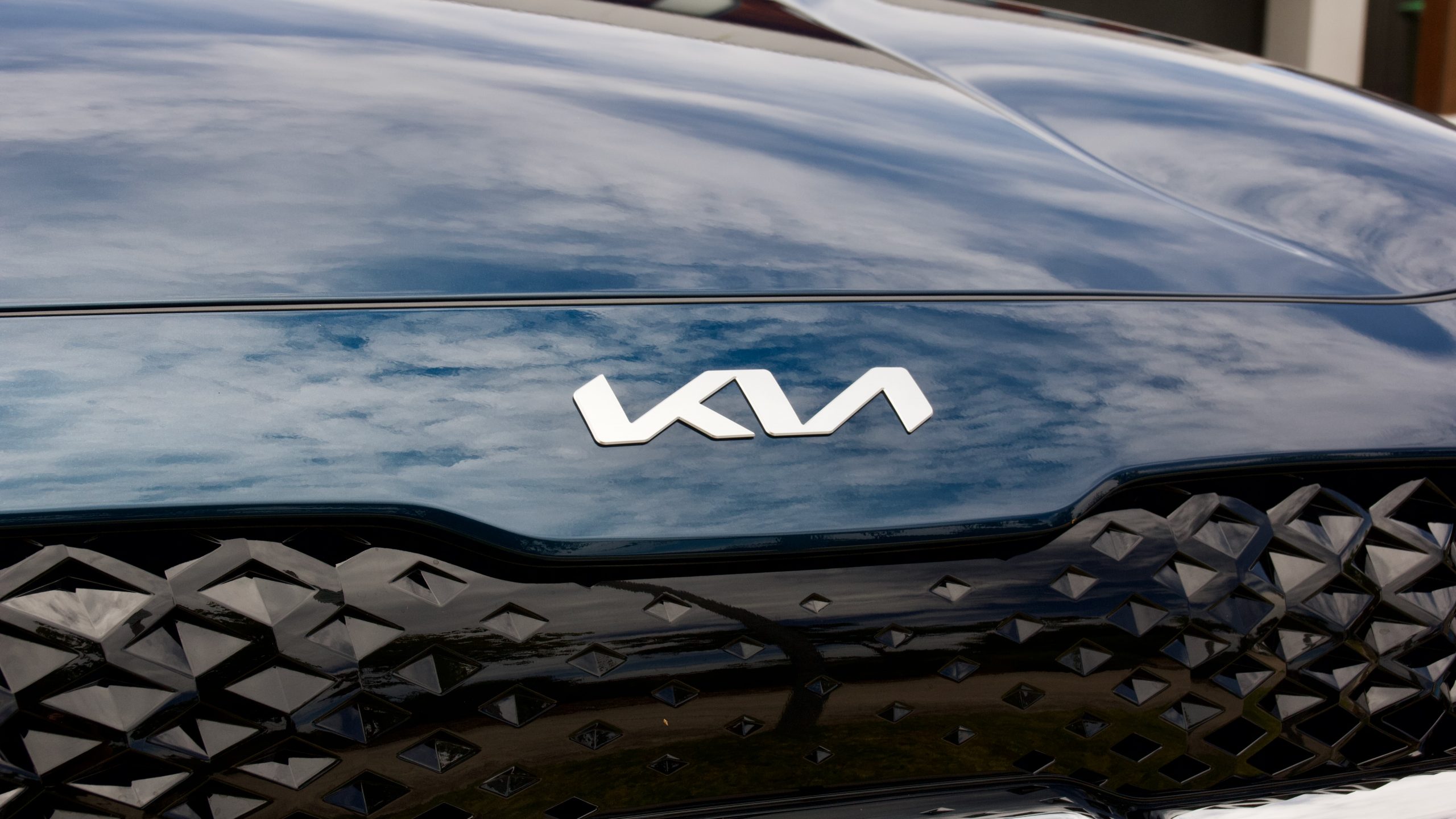
While Toyota offers an inferior five-year warranty and no roadside assistance at all, its service costs are a lot less than Kia. Over the same five year/75,000km period, the C-HR hybrid costs just $1,000 (or $200 per service) to maintain and the warranty for the hybrid system is up to 10 years in total if serviced at a Toyota dealership.
The 2022 Kia Niro Hybrid S DiscoverAuto Rating: 7.8/10
The 2022 Kia Niro Hybrid S is a car that we liked more than expected. That’s no disrespect to the car itself, but it’s been more than five years since it was launched globally and with so much going on at Kia, we expected its launch to simply fill the hybrid gap in the market that only Toyota had entered so far. But in reality, the Niro is a car that proves that if you engineer a product well in the first place, it will remain competitive throughout its lifetime.
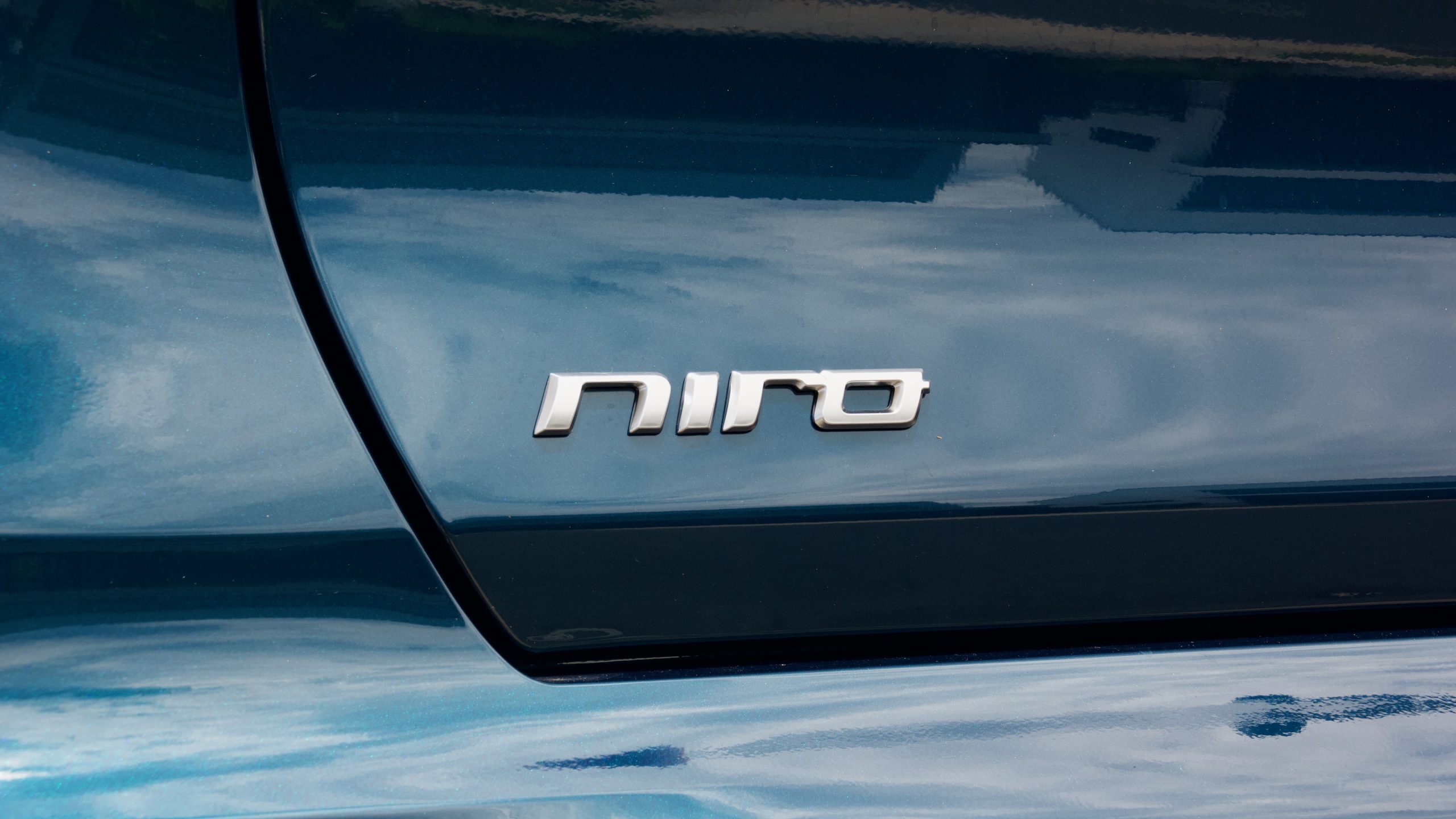
While the interior is a touch dated and the value equation needs improvement with more standard equipment, the Niro’s excellent hybrid drivetrain, competent driving dynamics, reasonably spacious interior and reasonable running costs make it a compelling option. Against the Toyota C-HR hybrid, it’s roomier, more practical, has a superior warranty and is nicer to drive thanks to its more normal transmission. The Kia Niro Hybrid S proves that hybrids can be great cars and that more of them should be offered to Australians. And with more launching every month, watch this space.
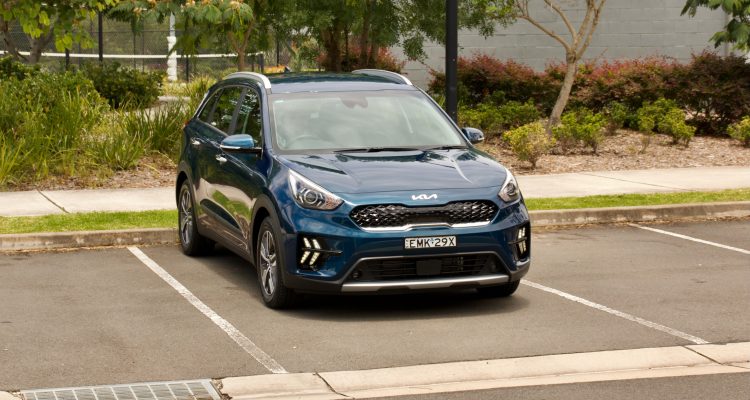
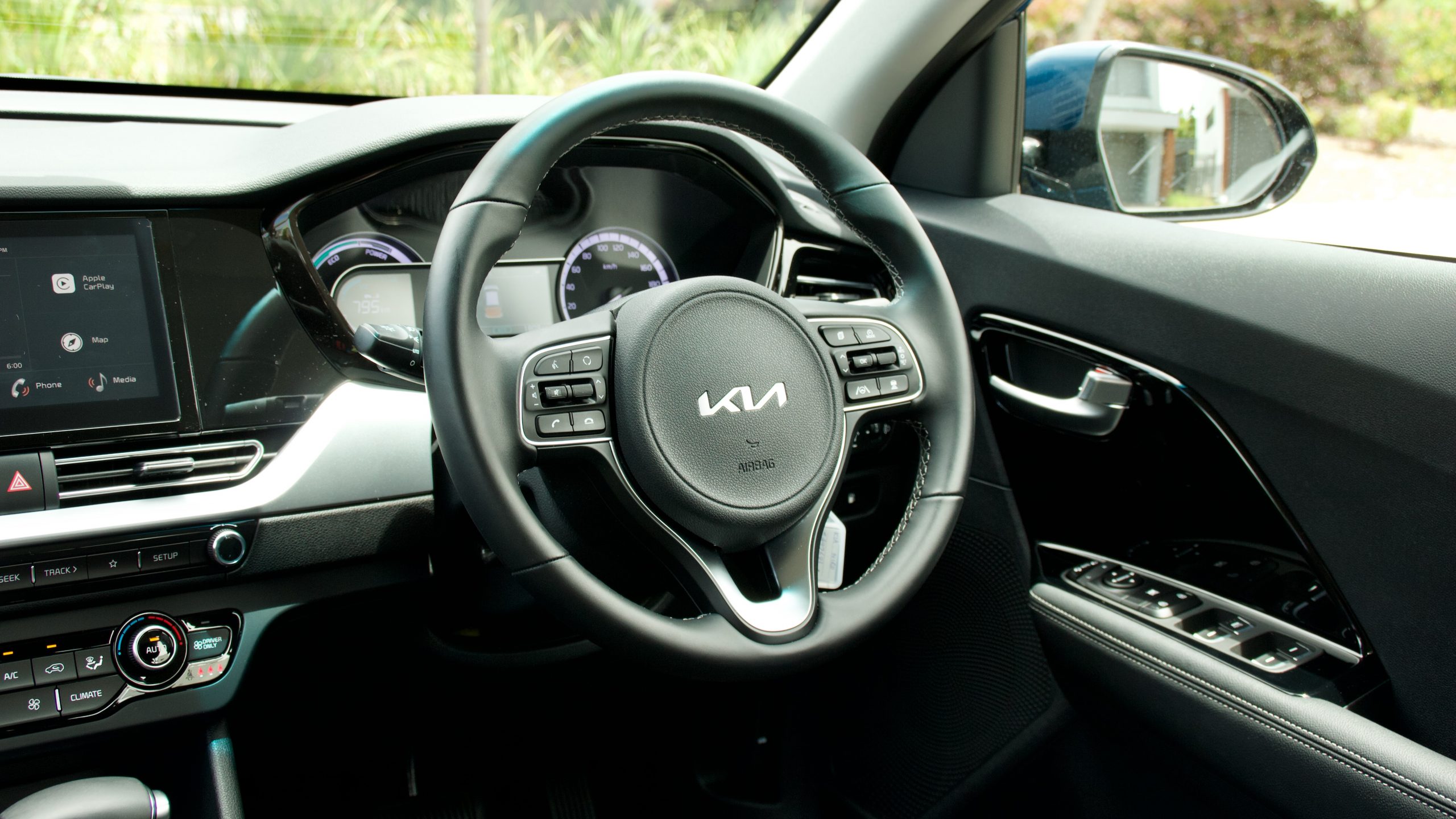
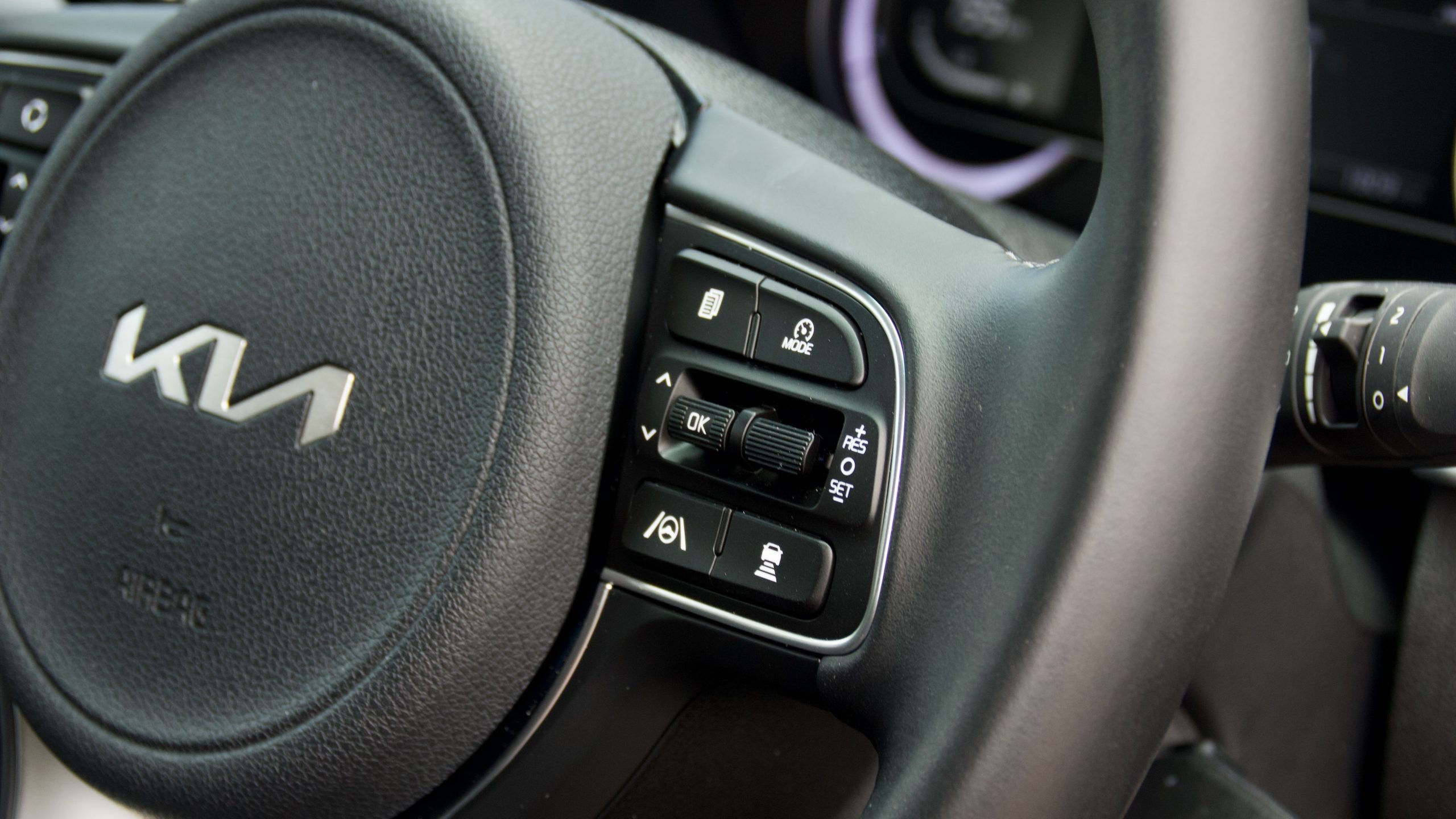
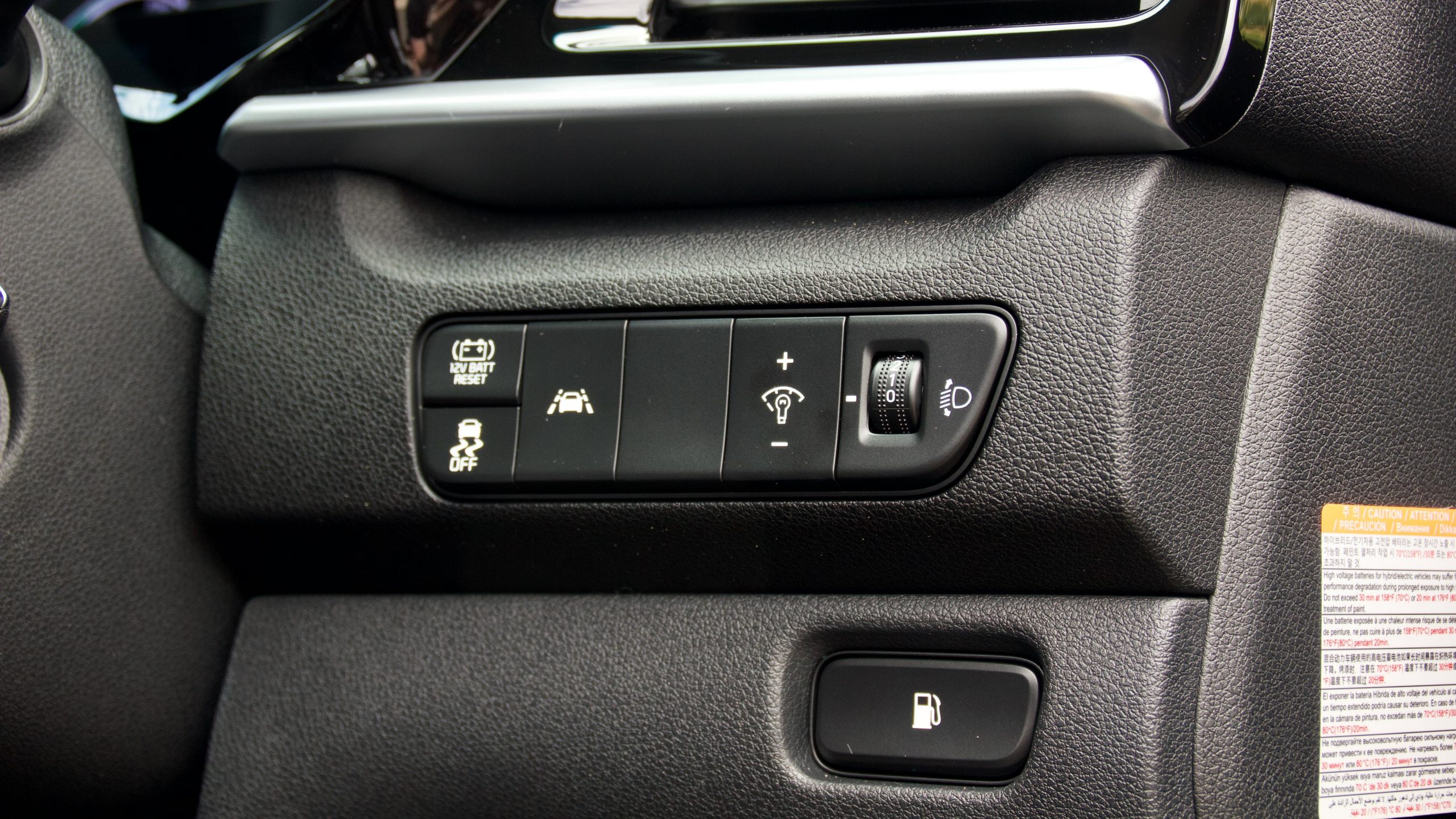
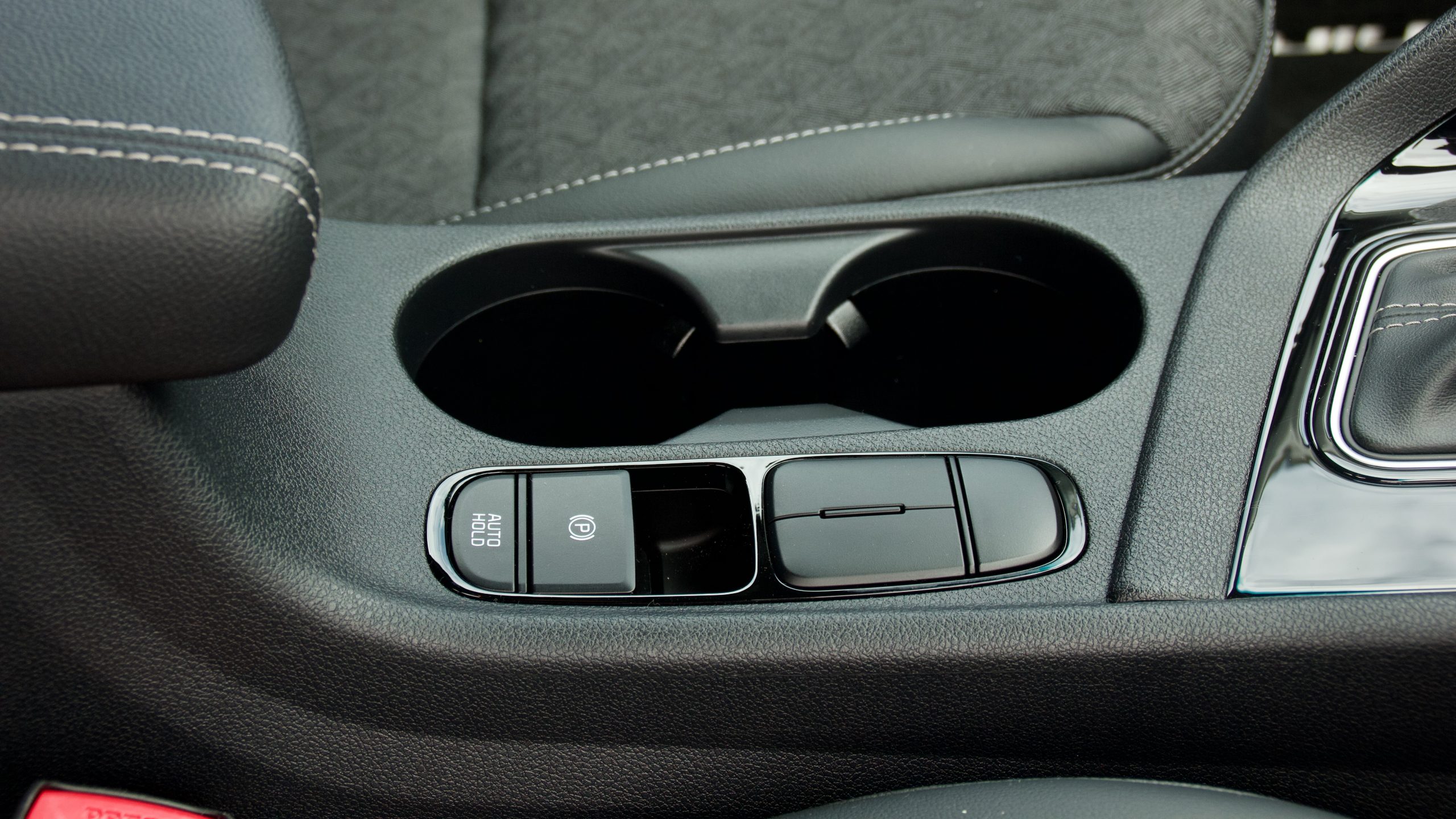
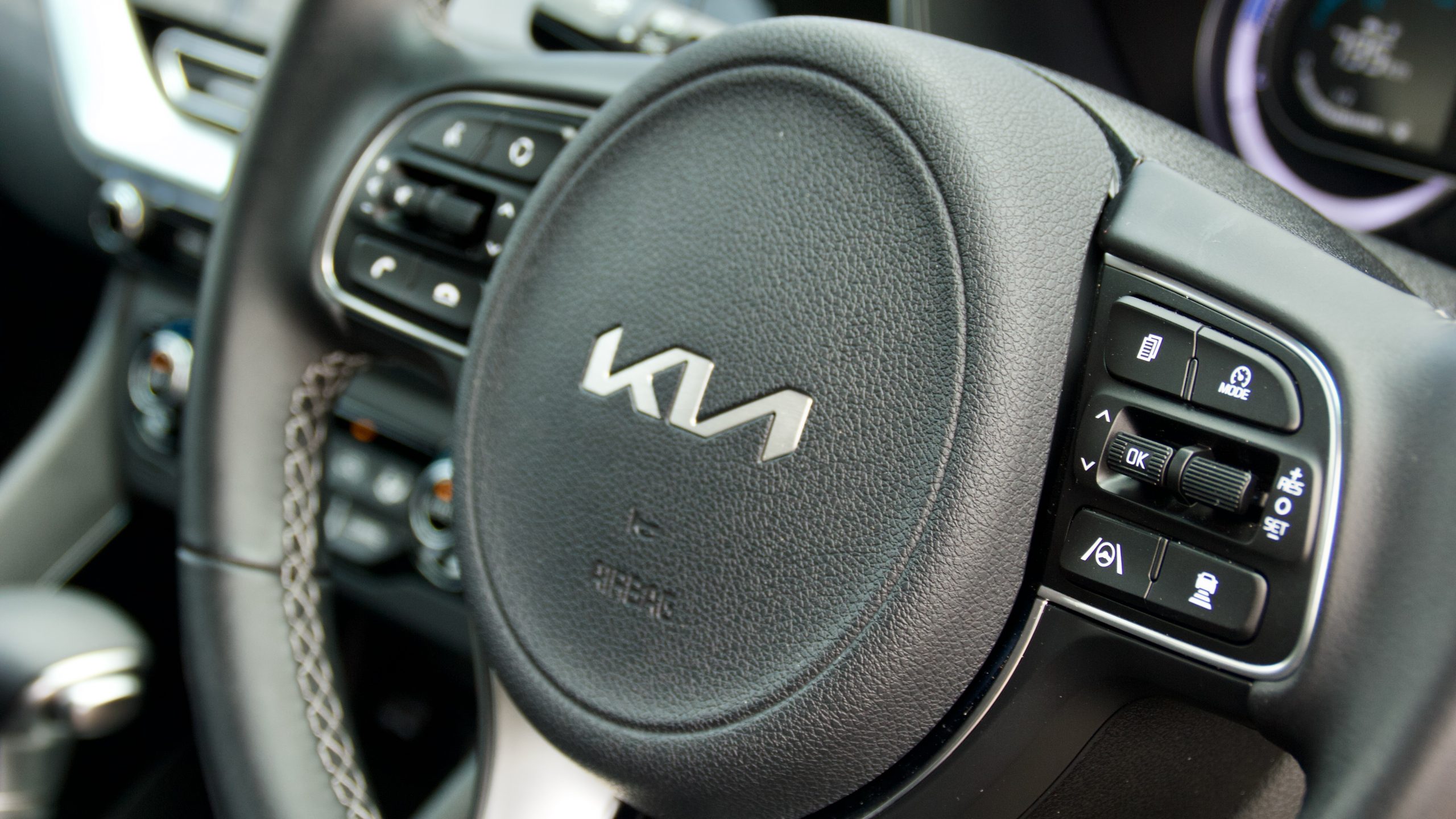
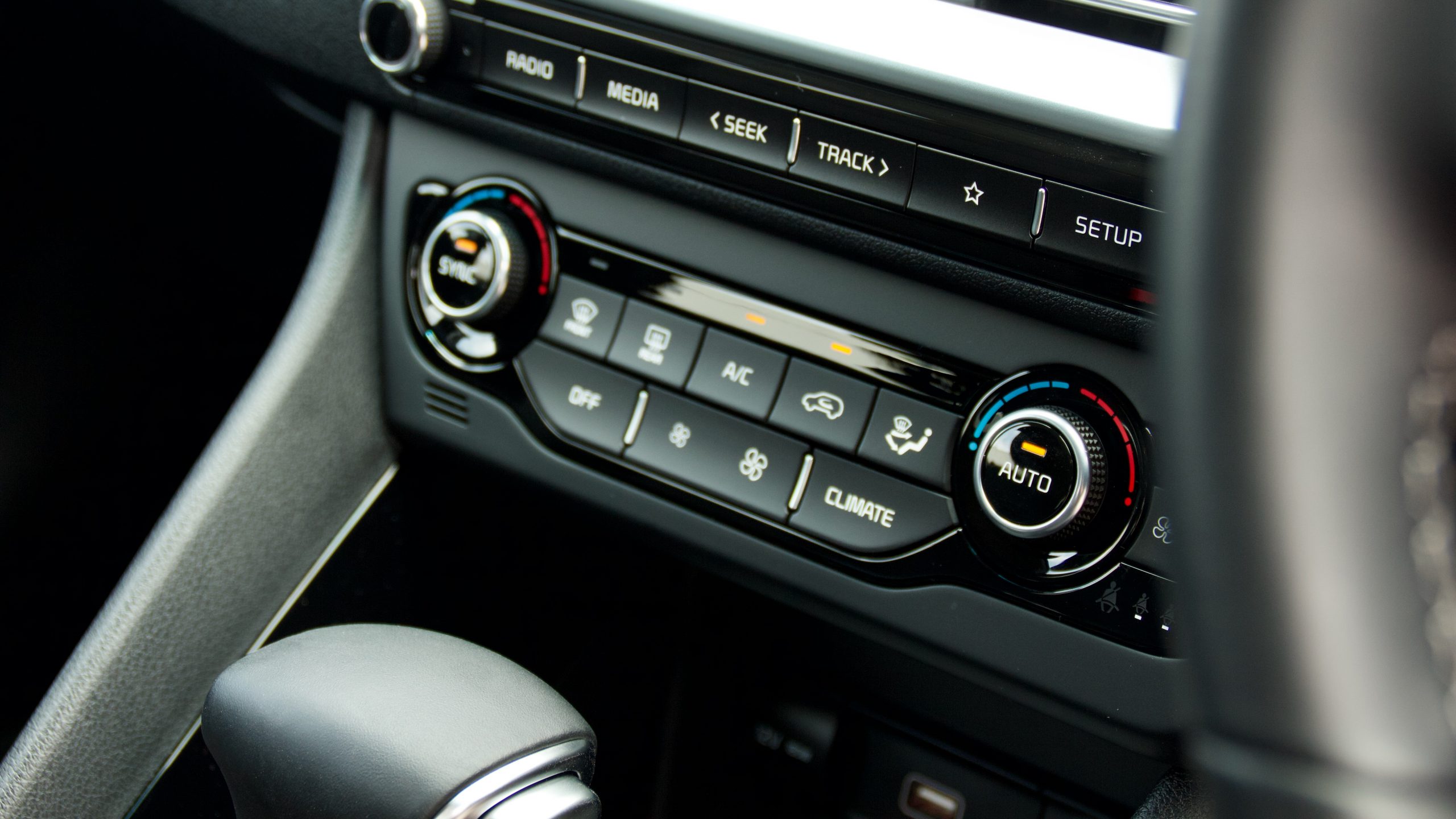
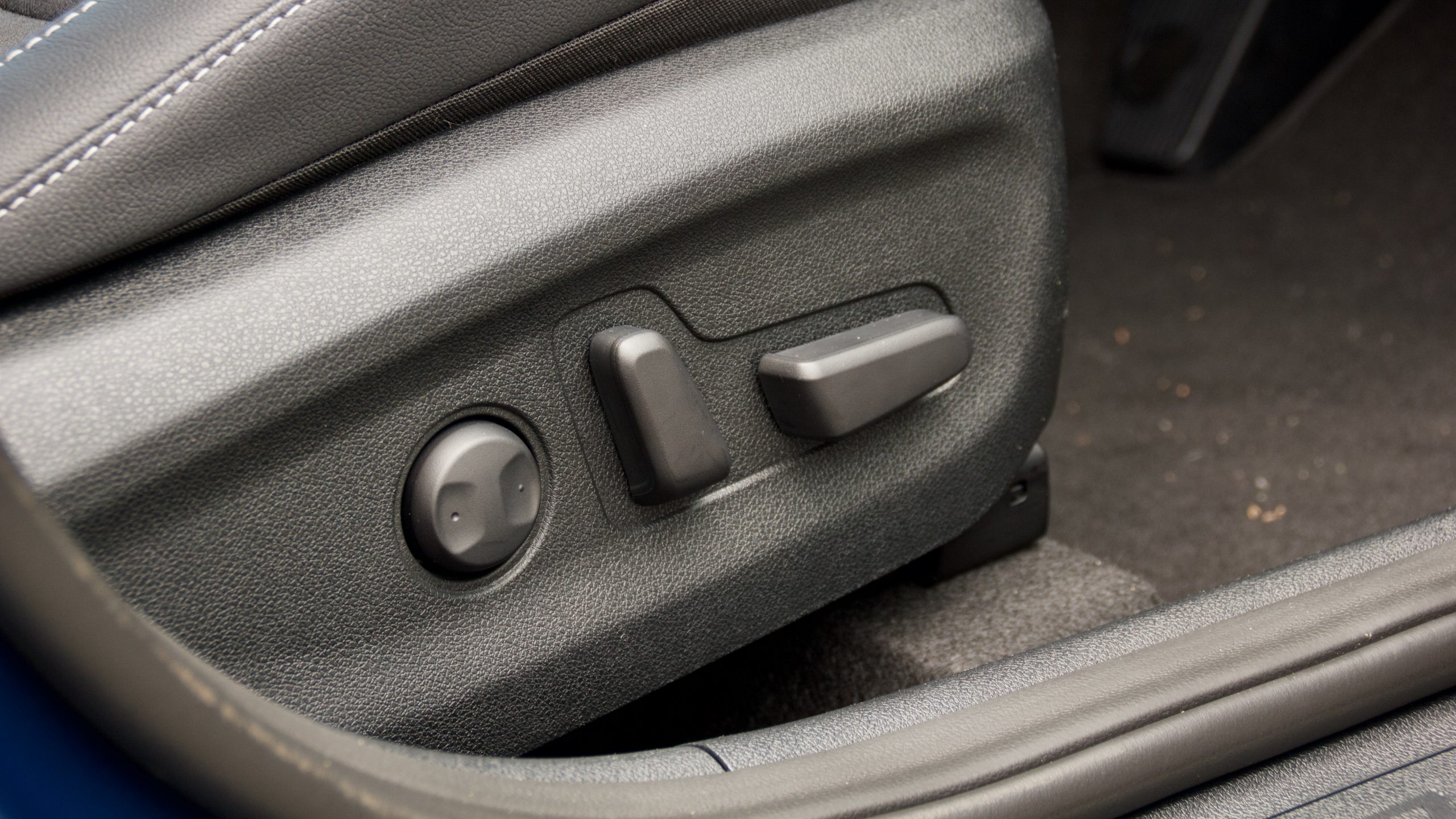
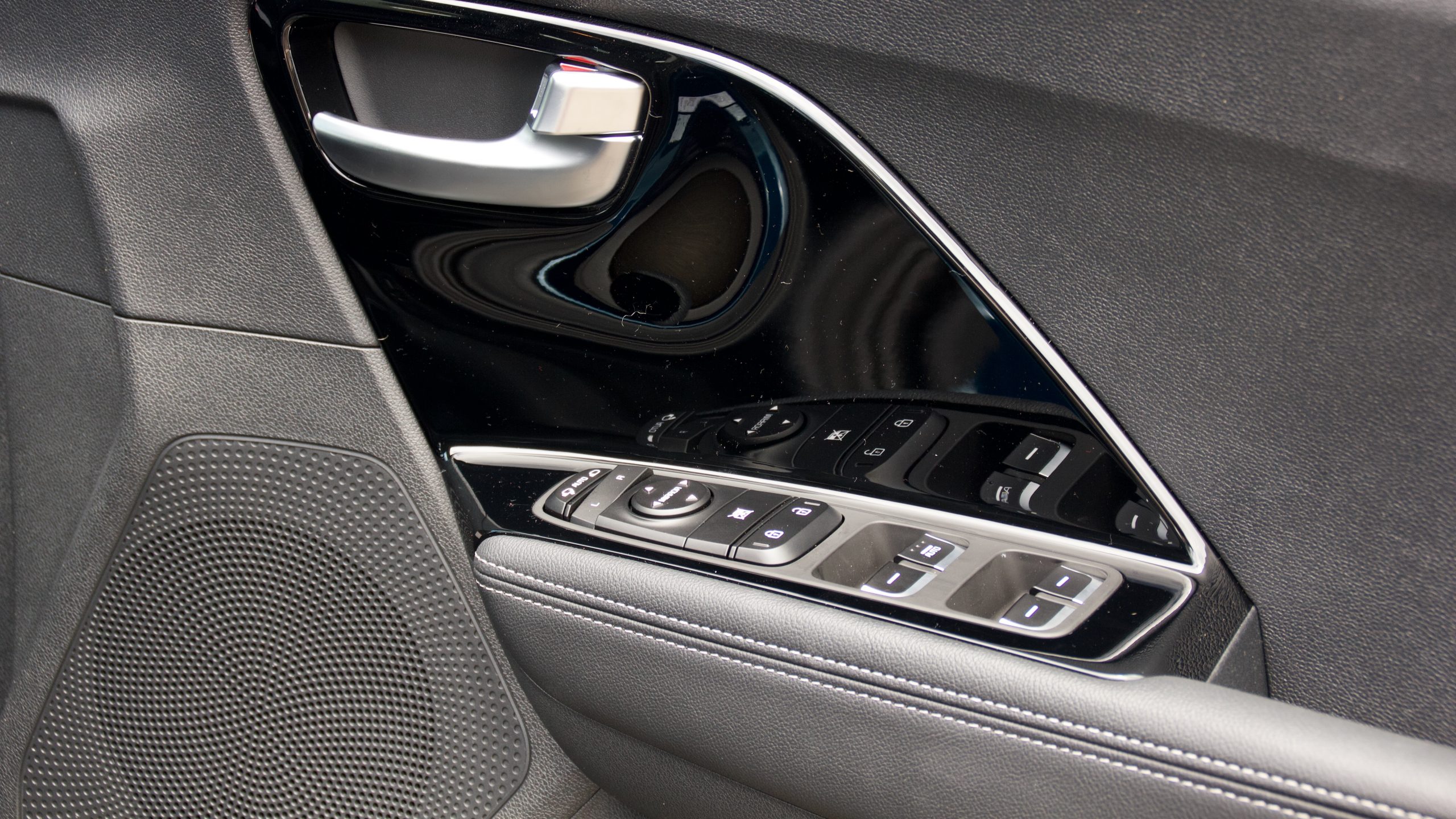
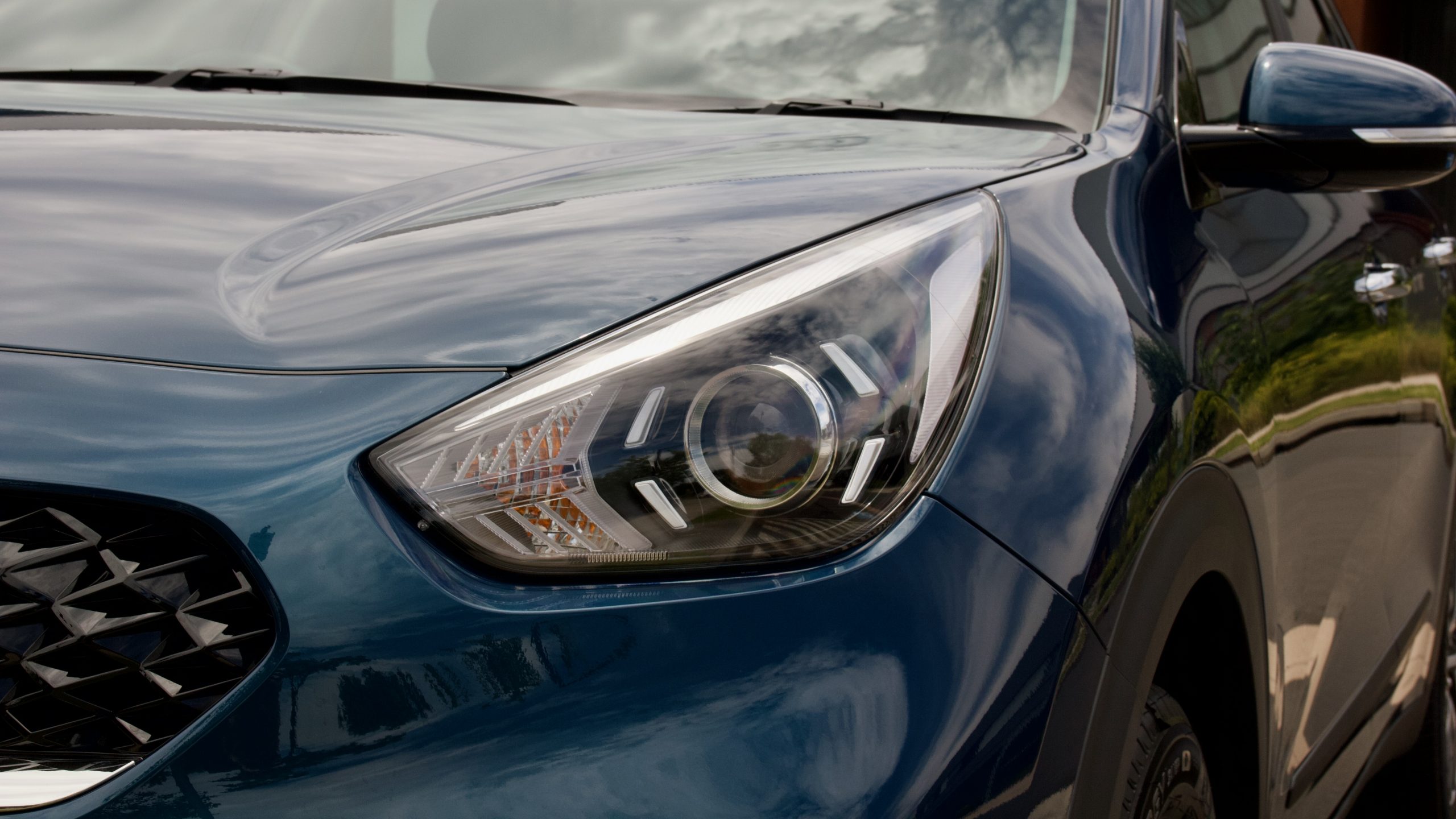
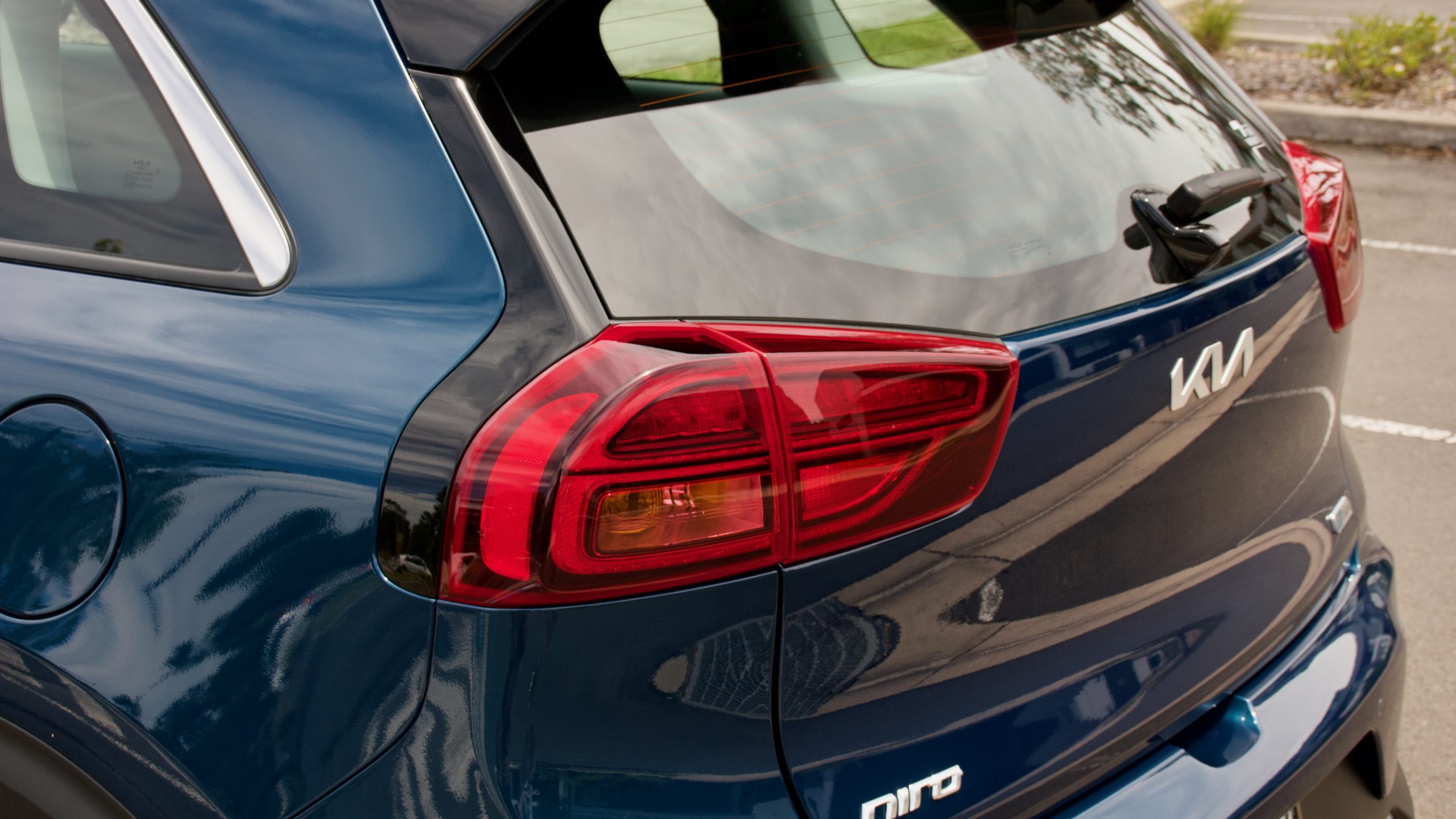
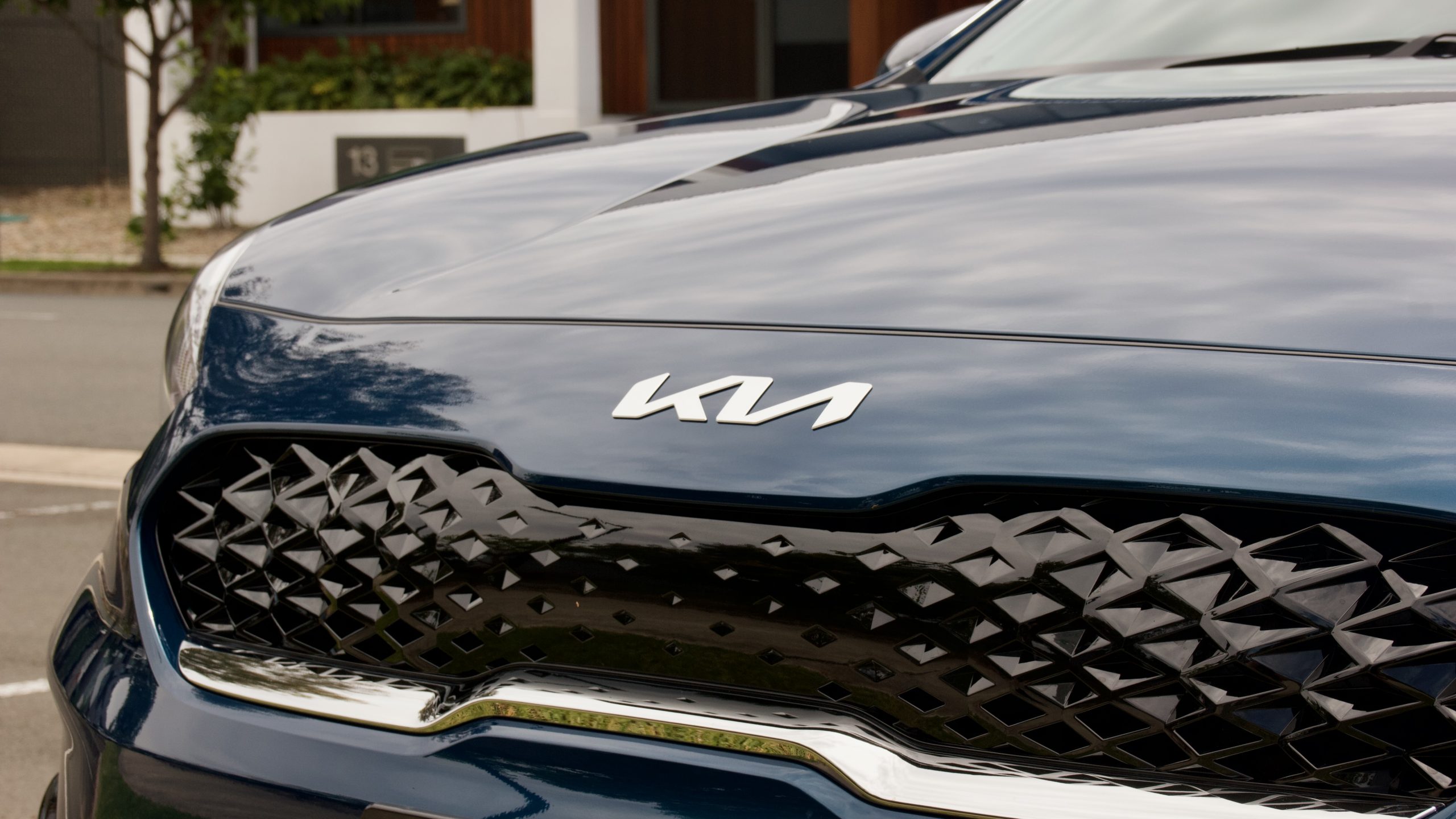
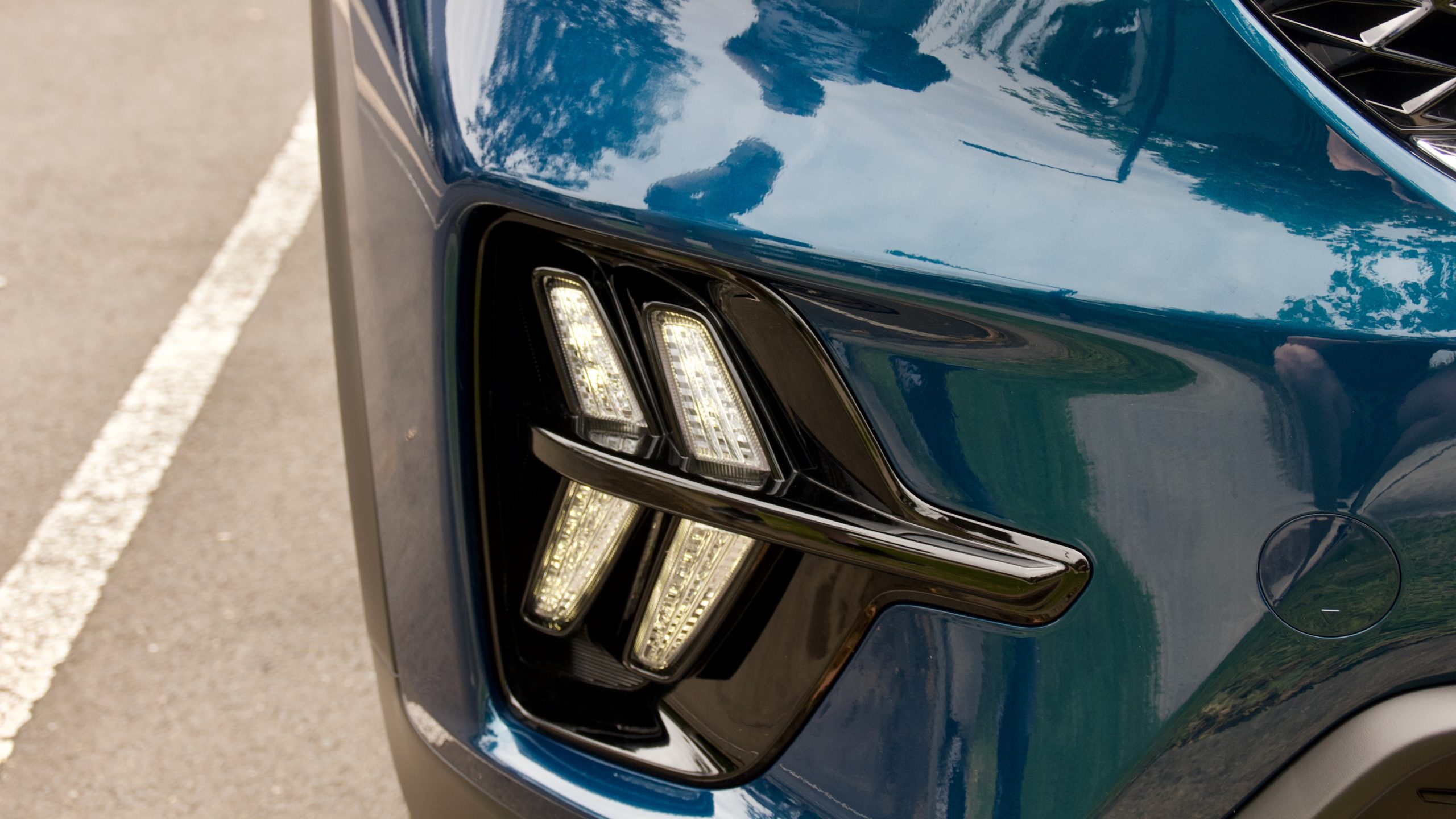
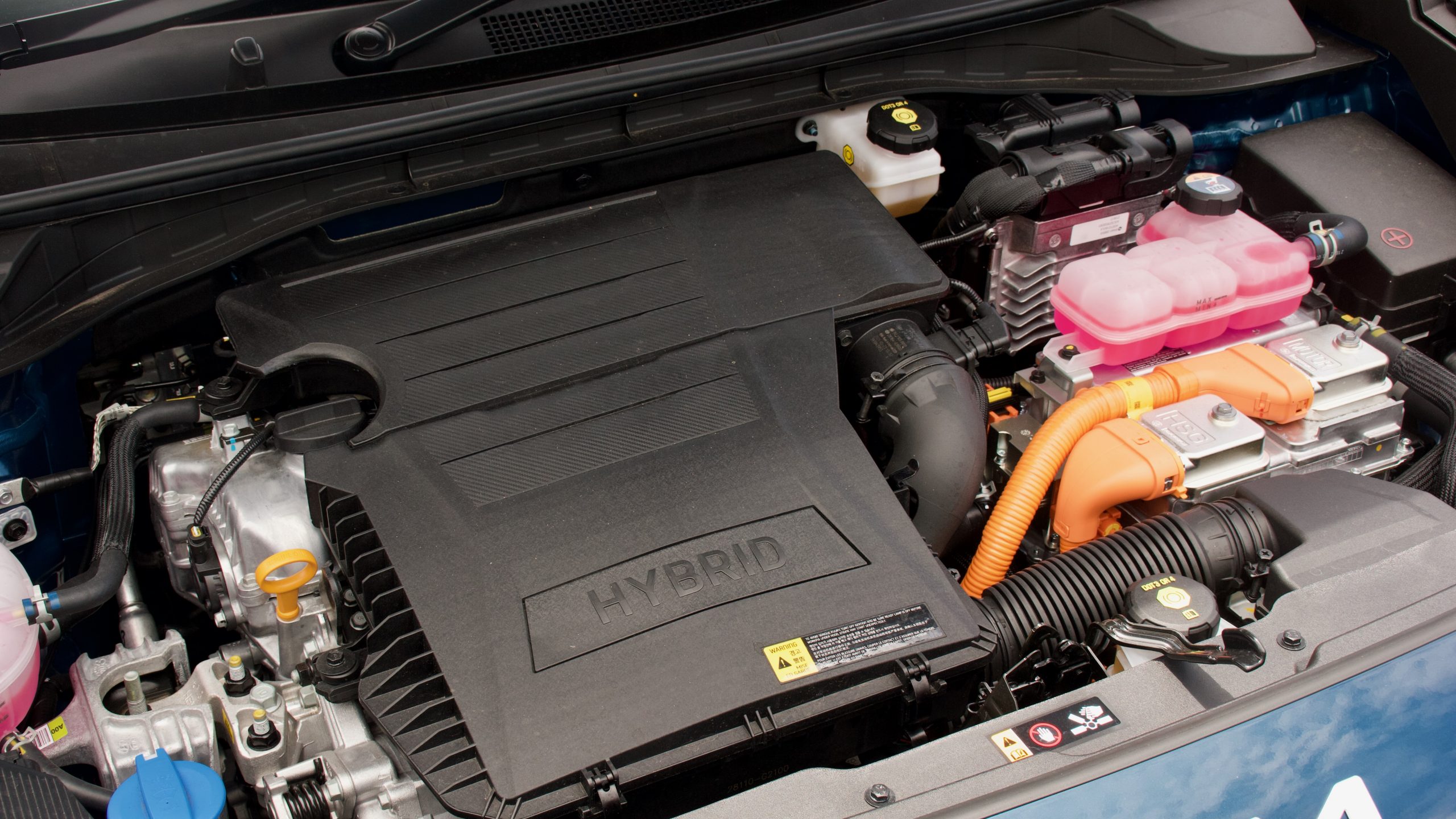
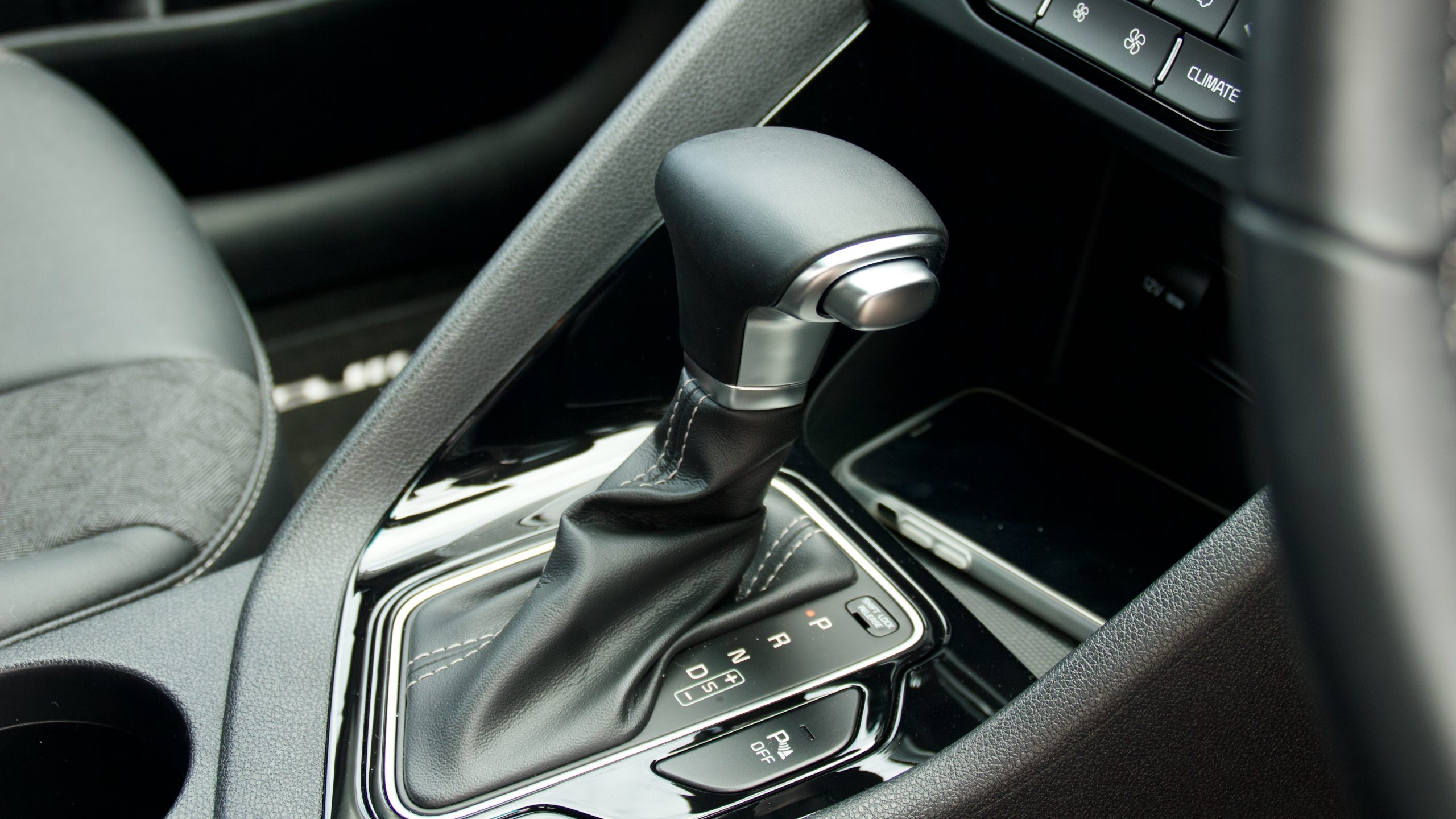
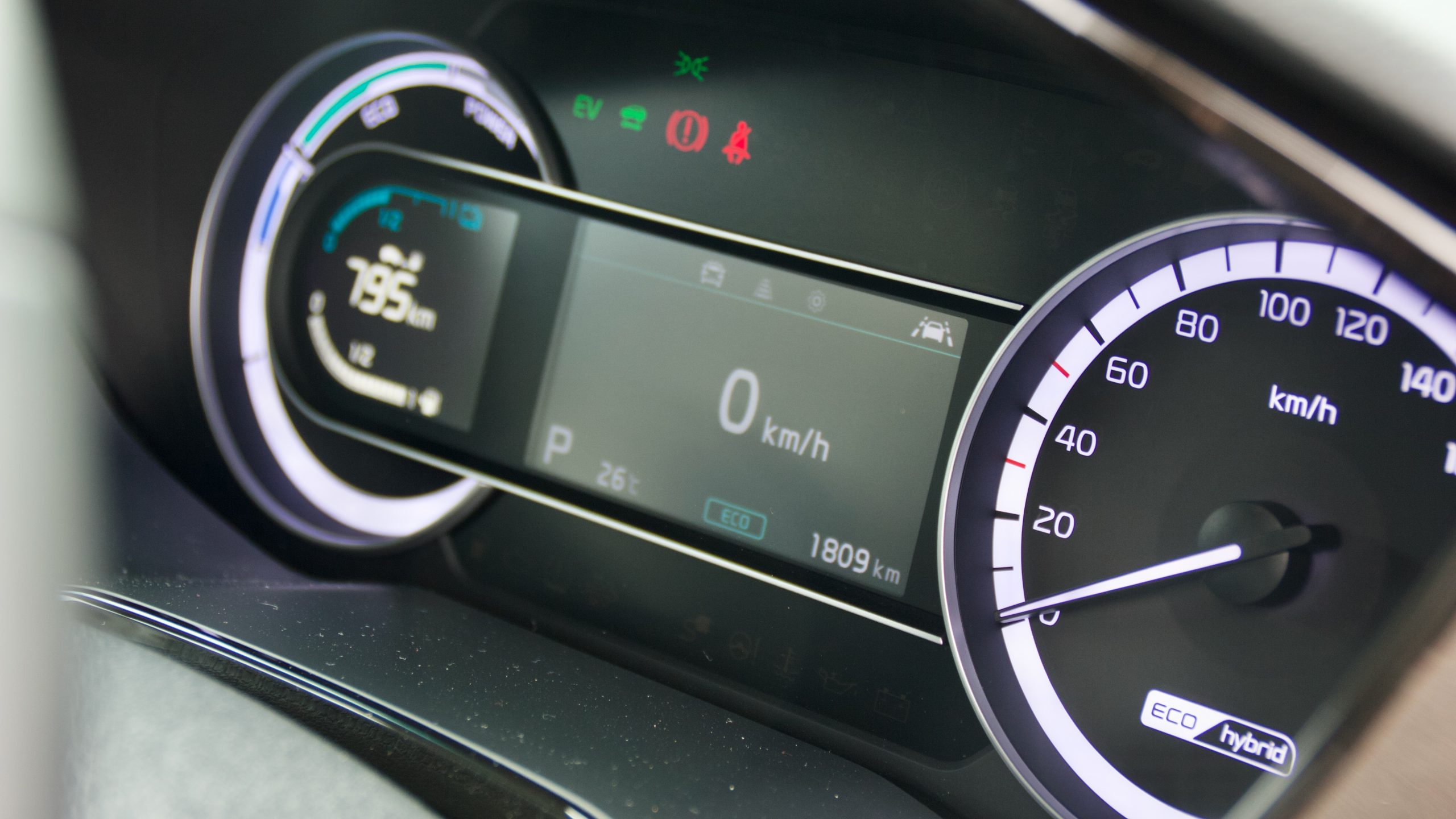
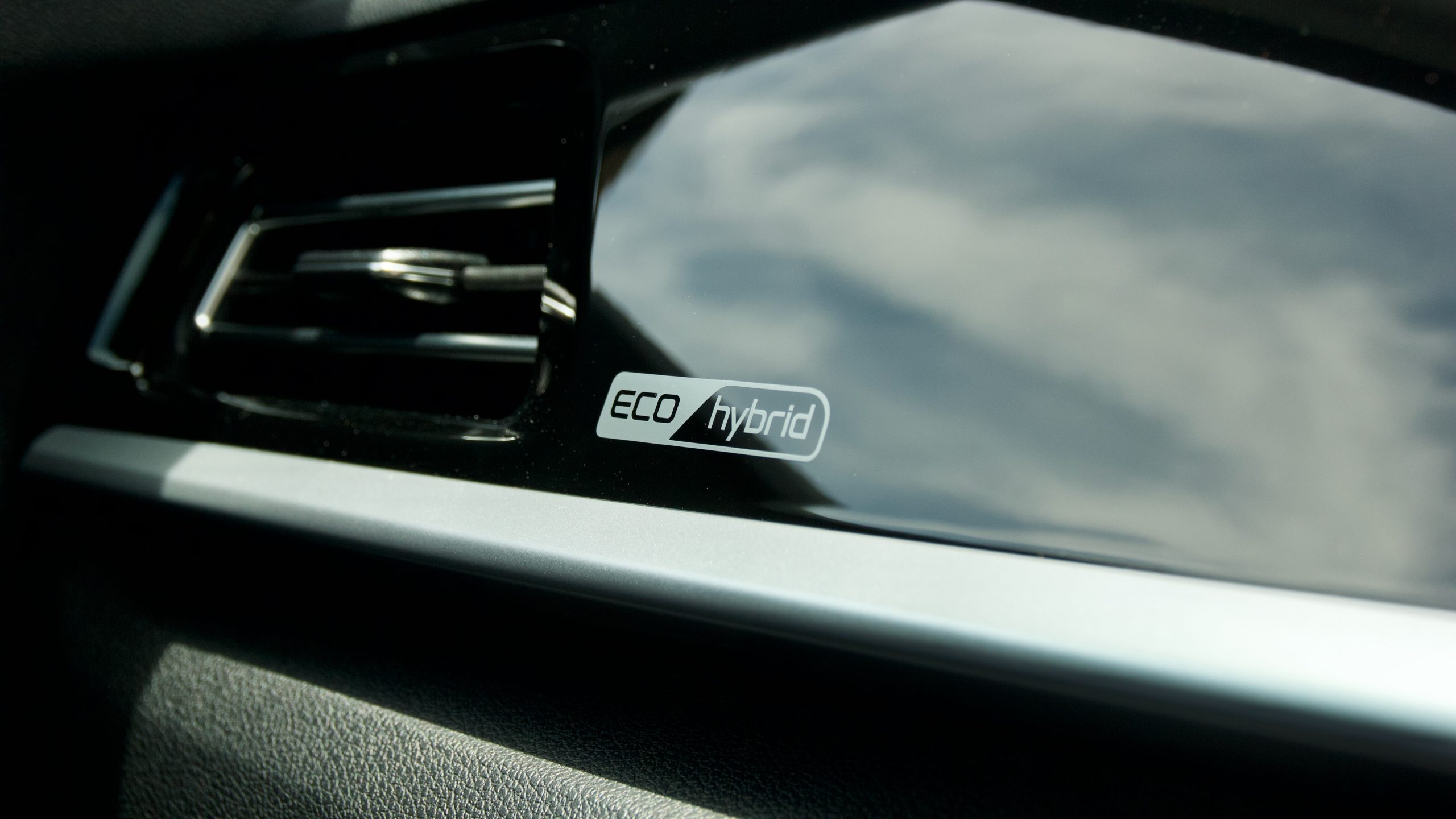
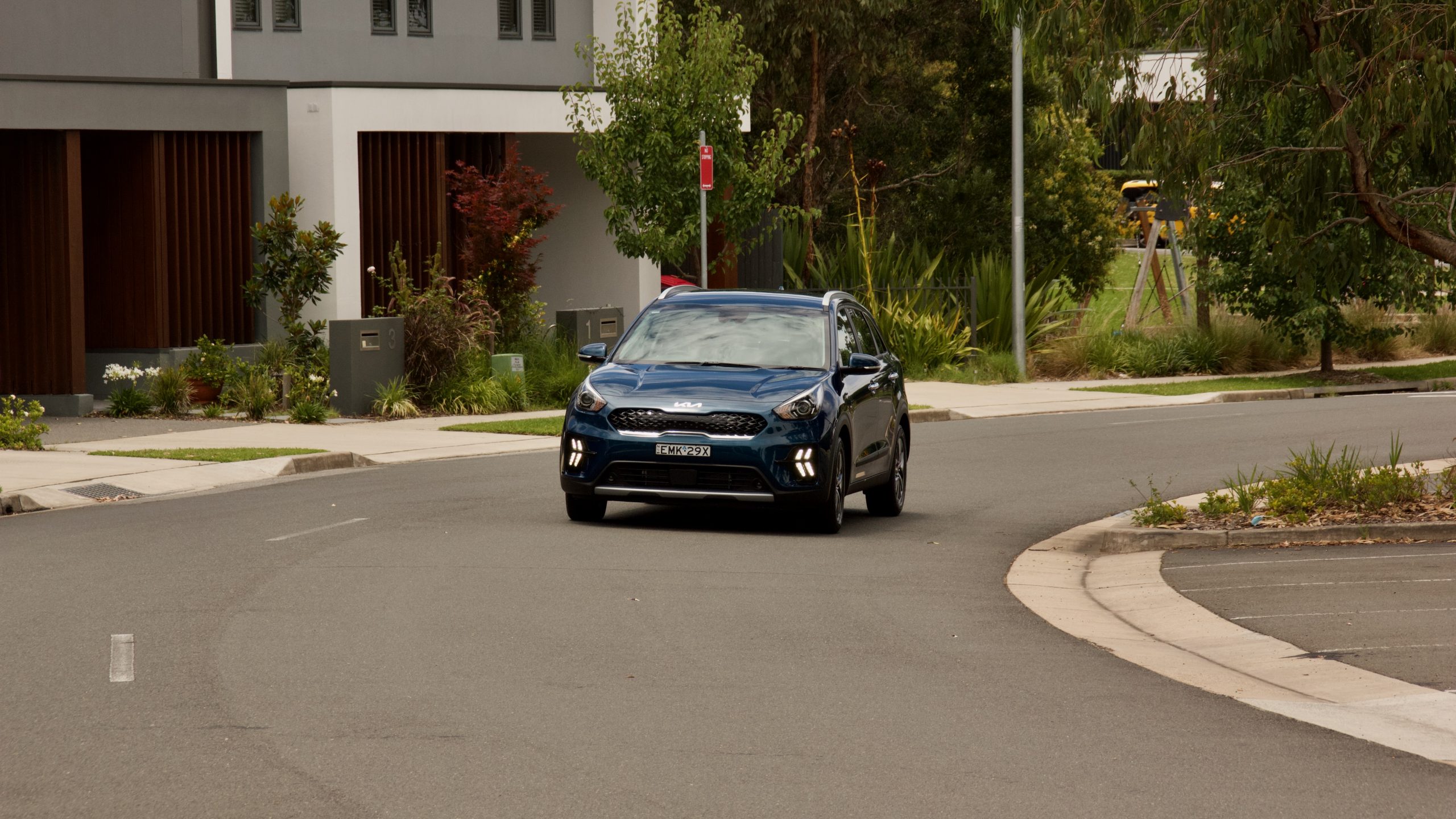
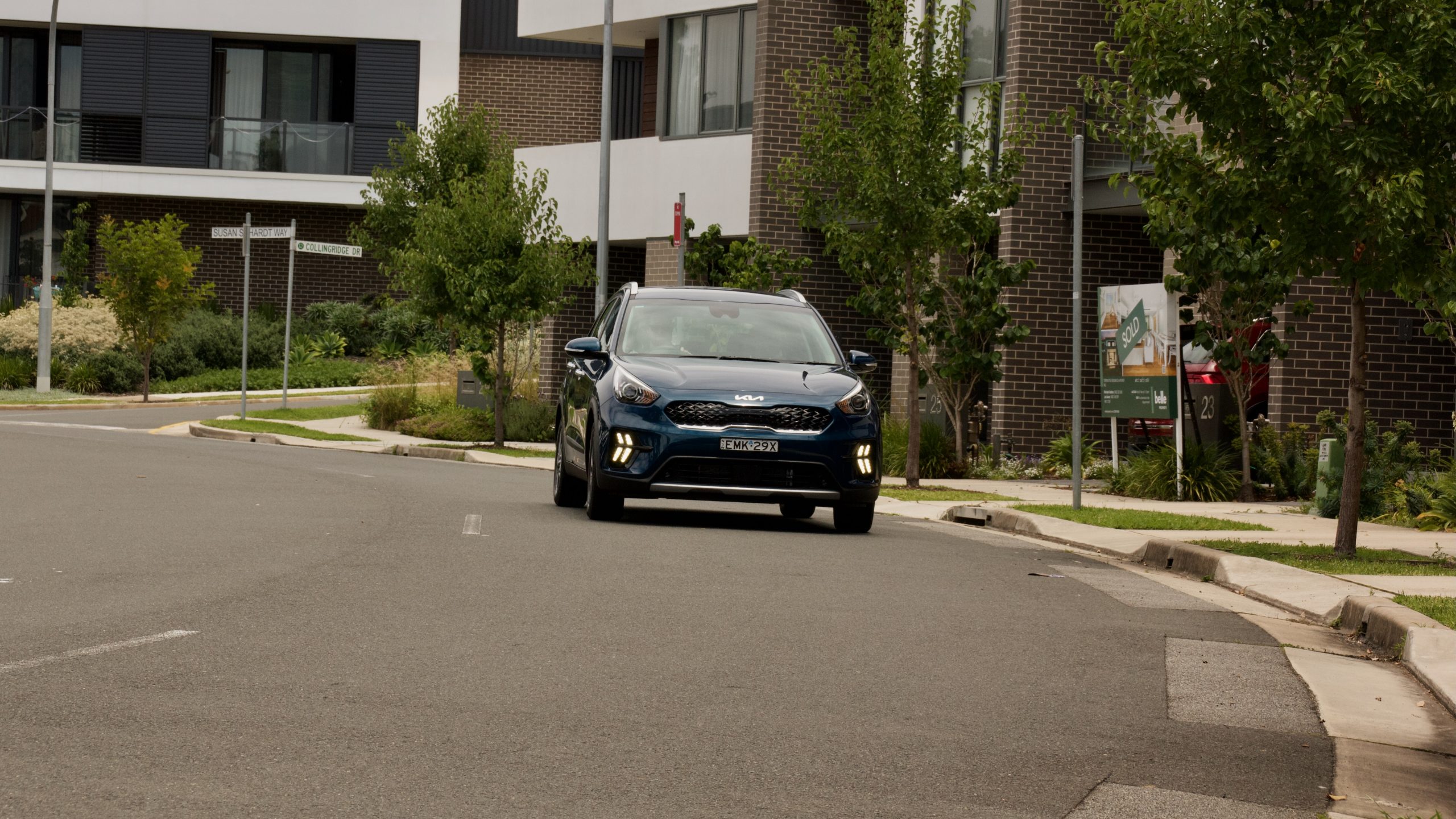
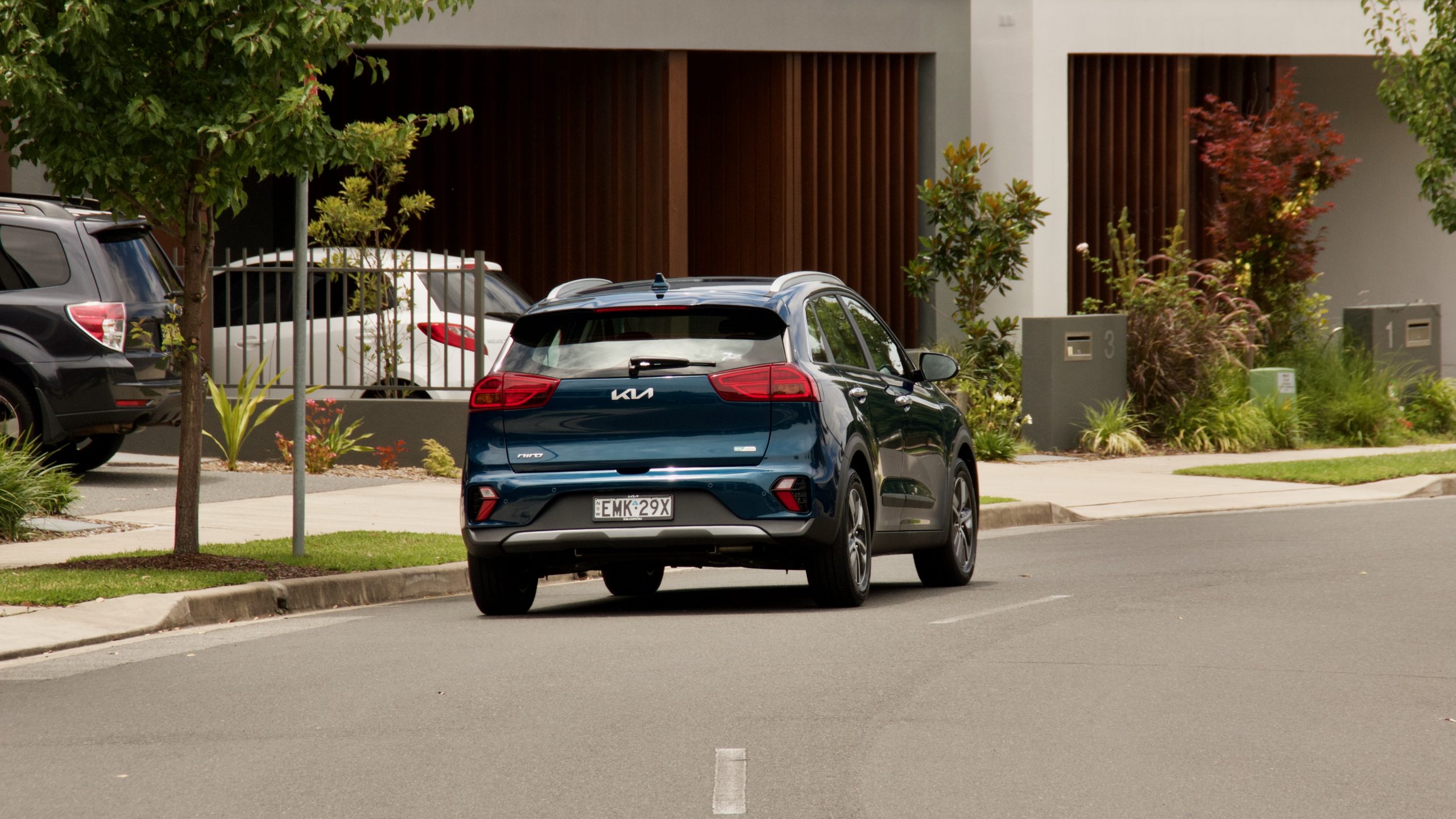
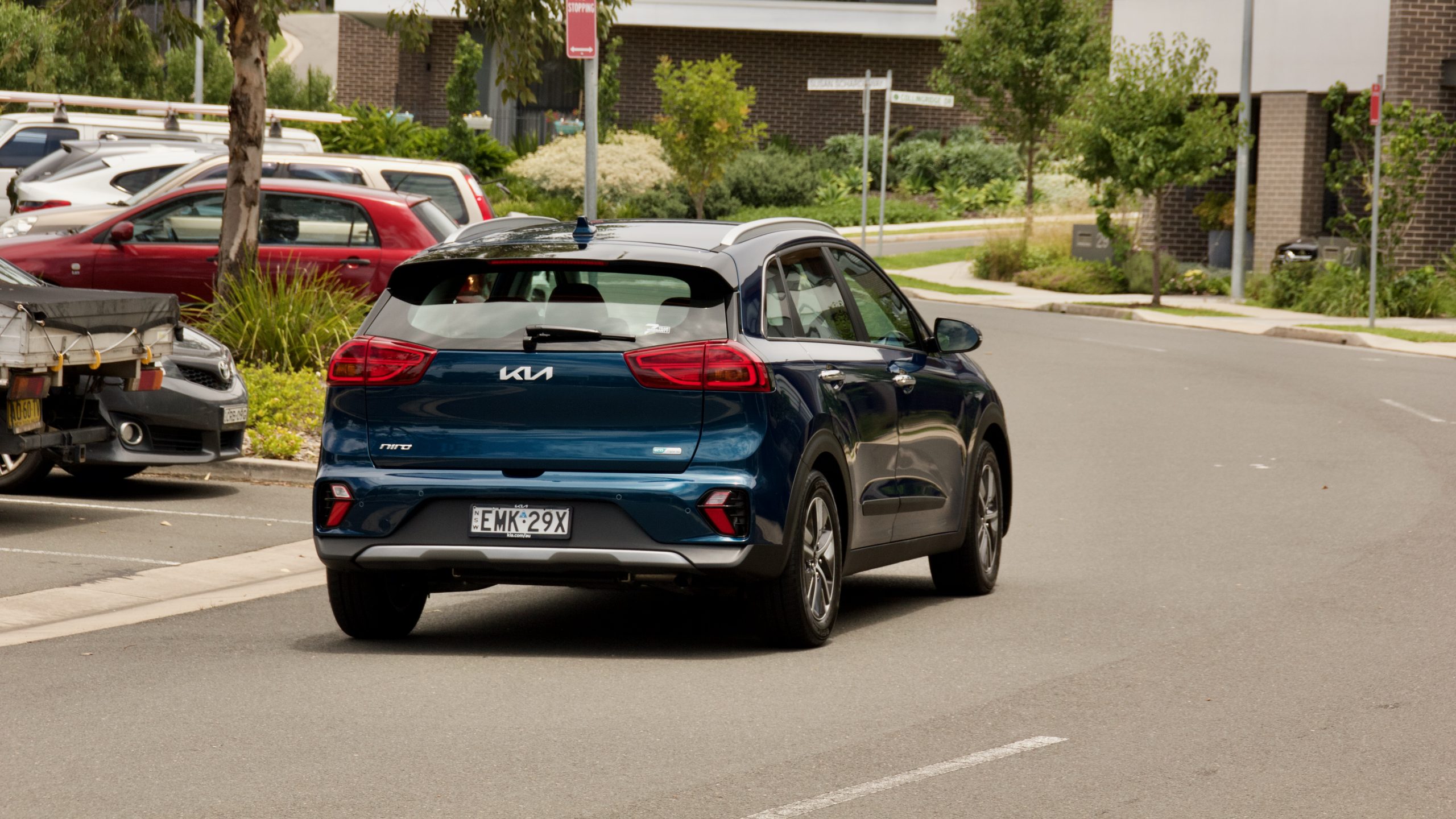
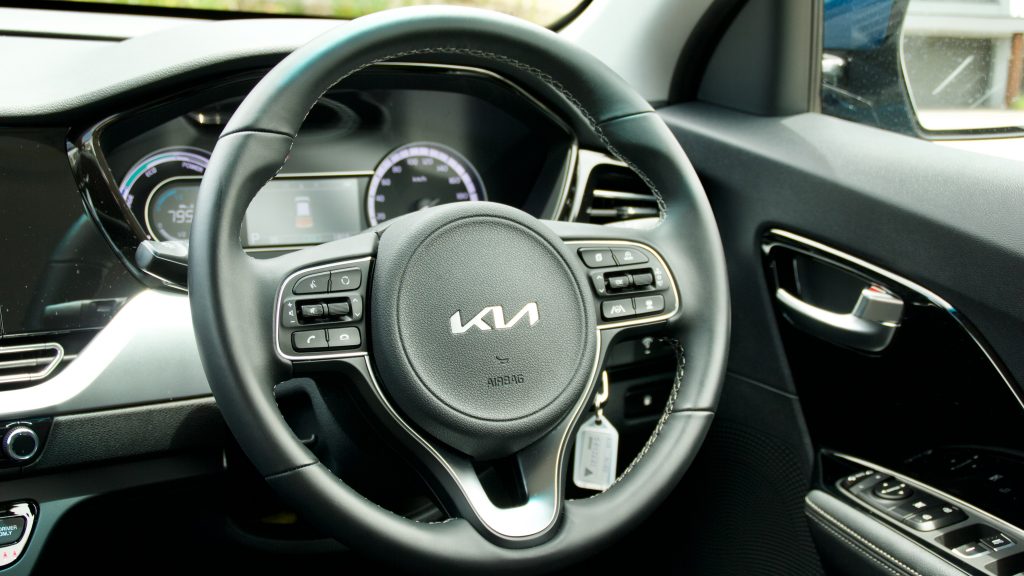
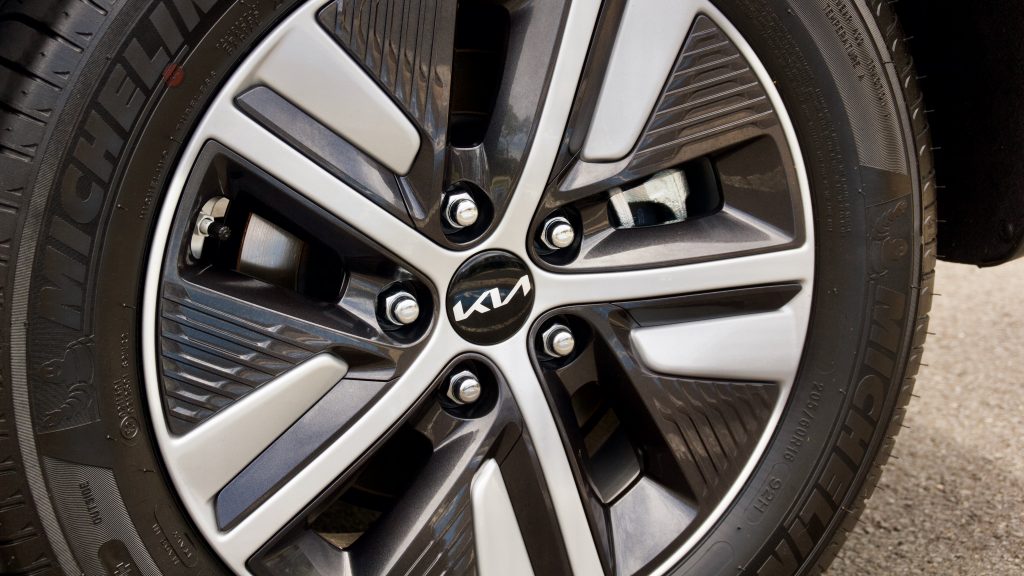
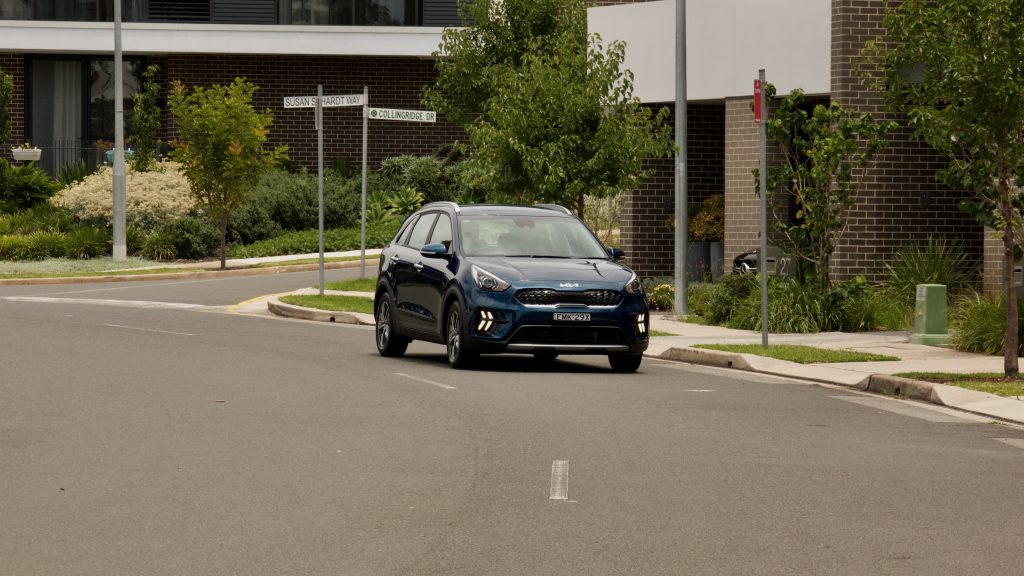
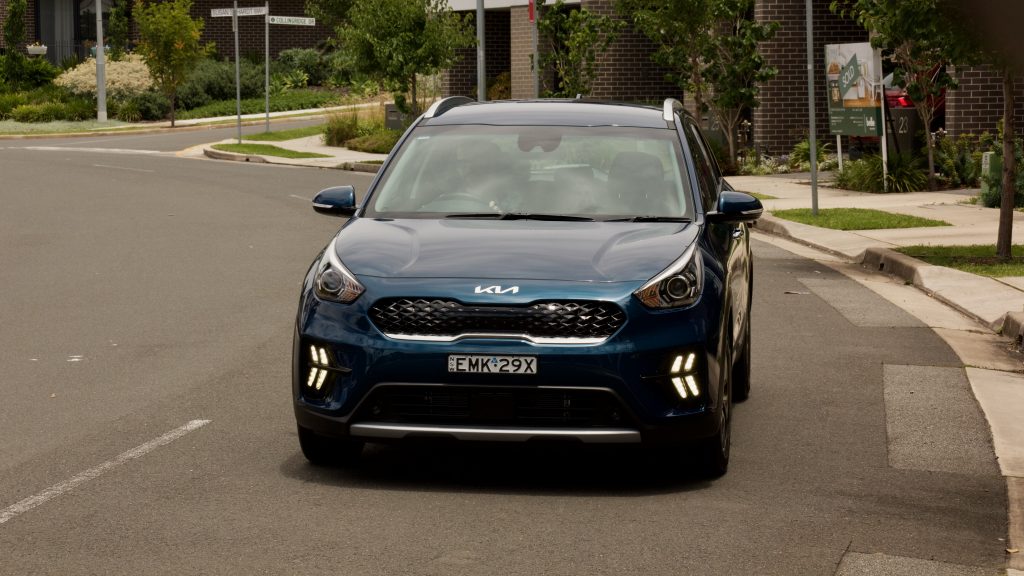
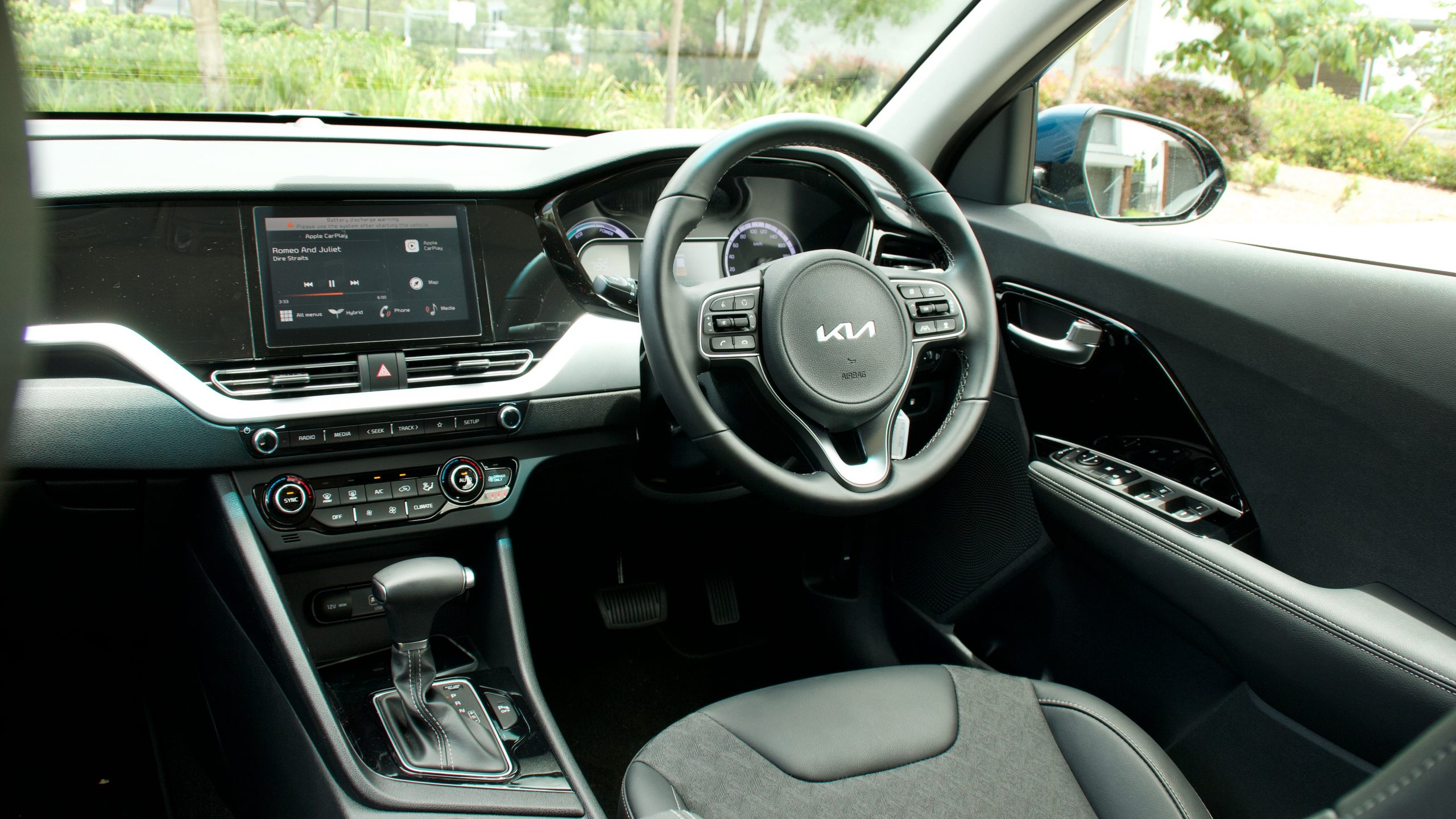
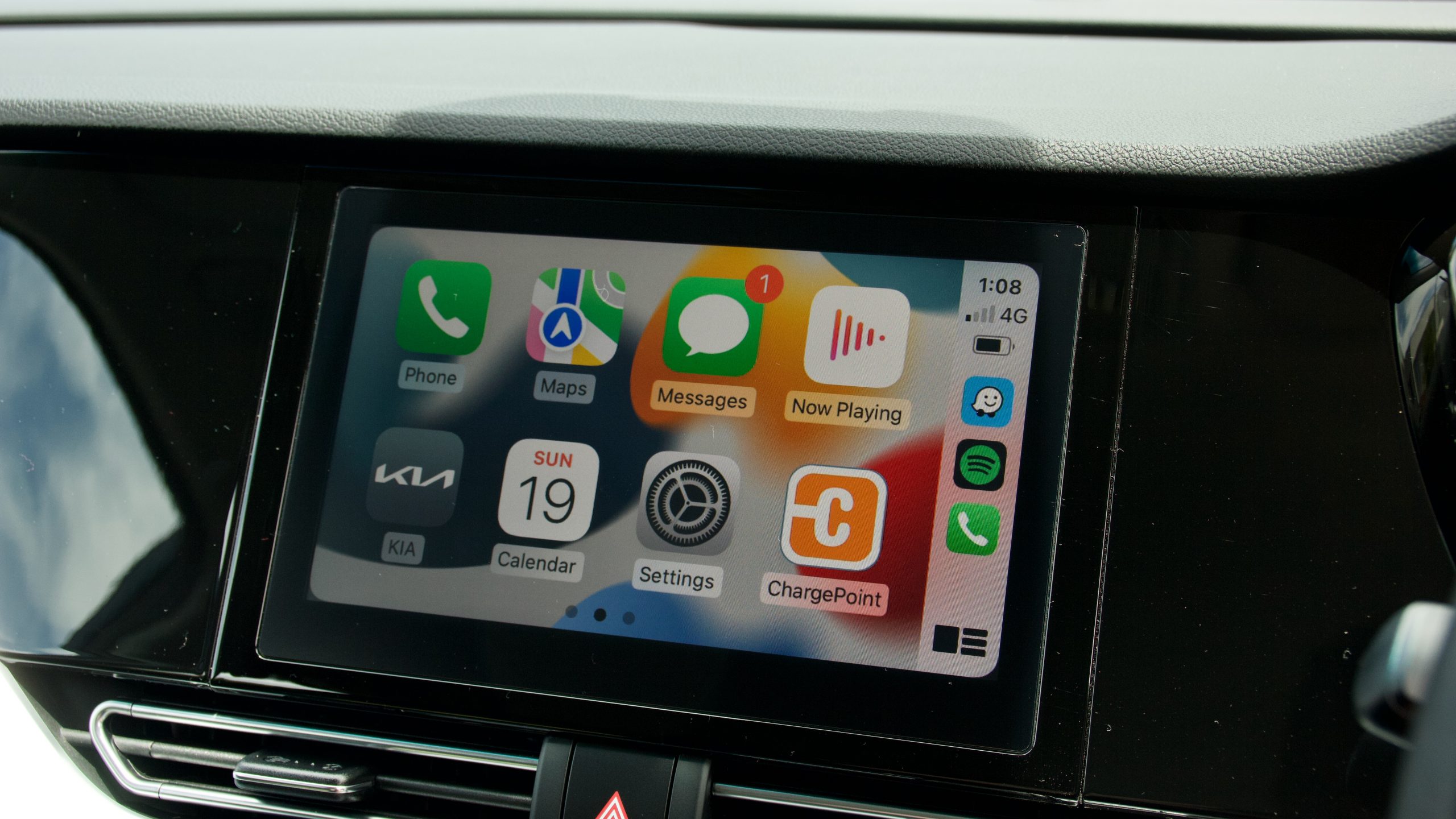
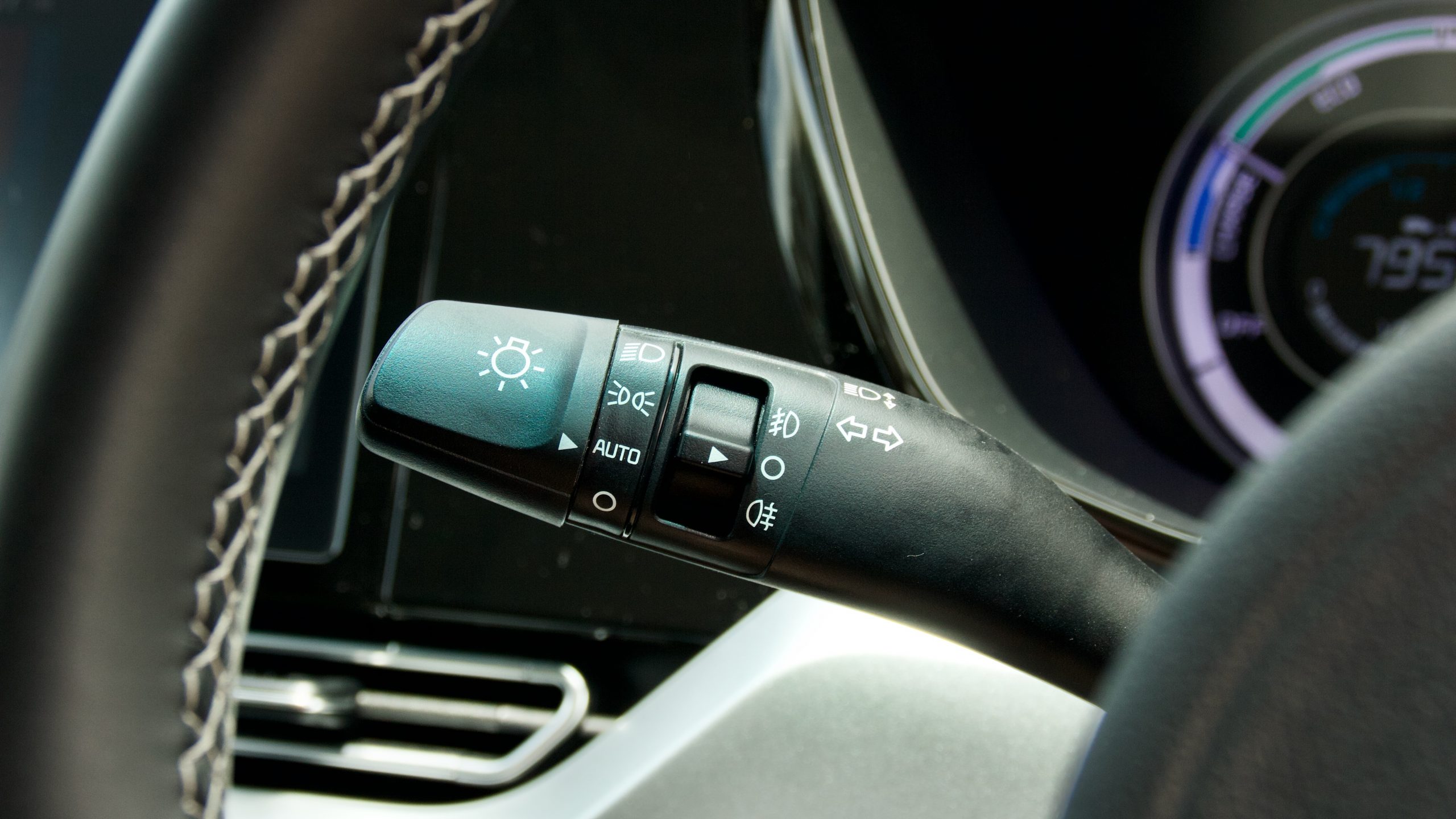
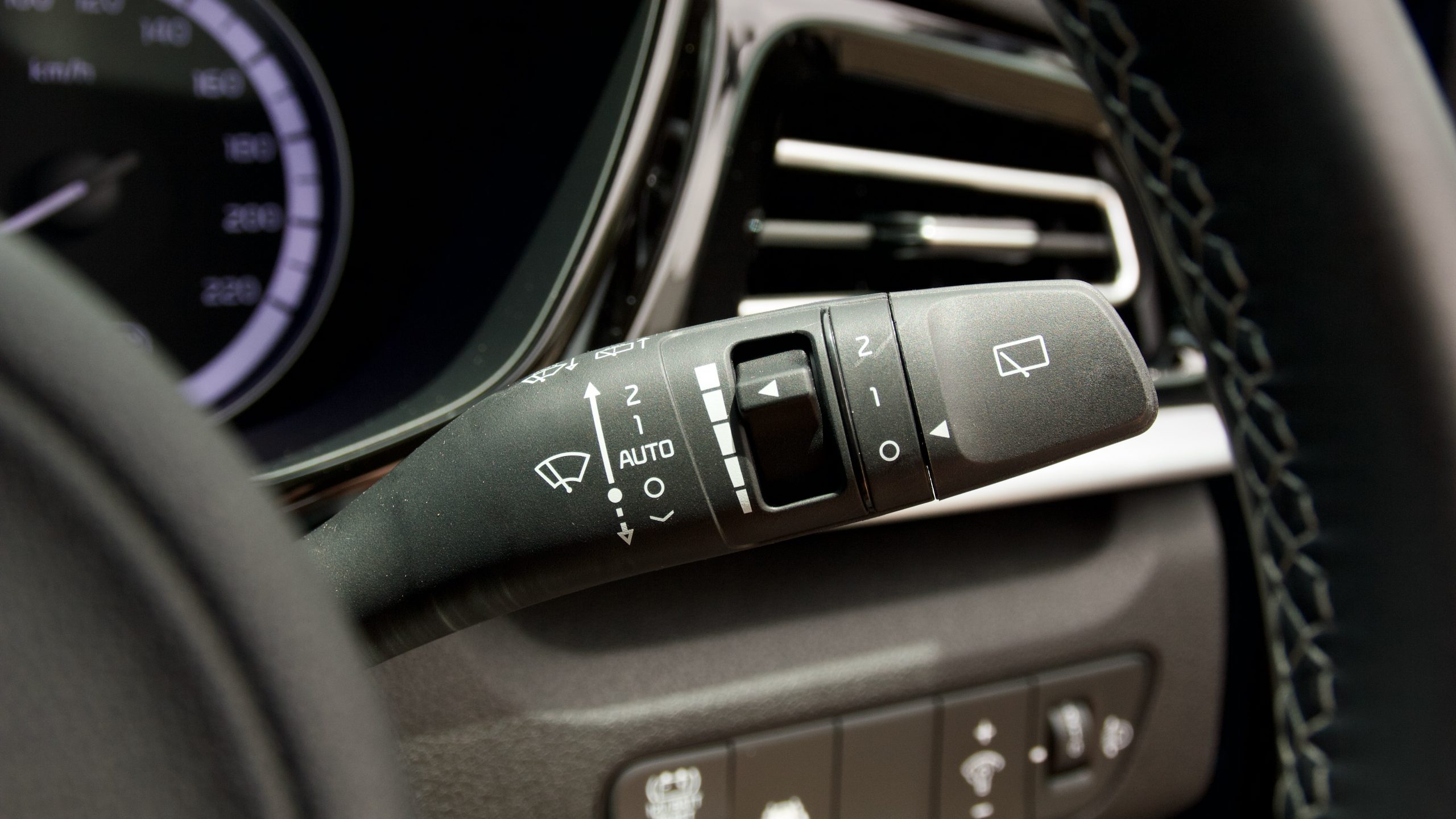
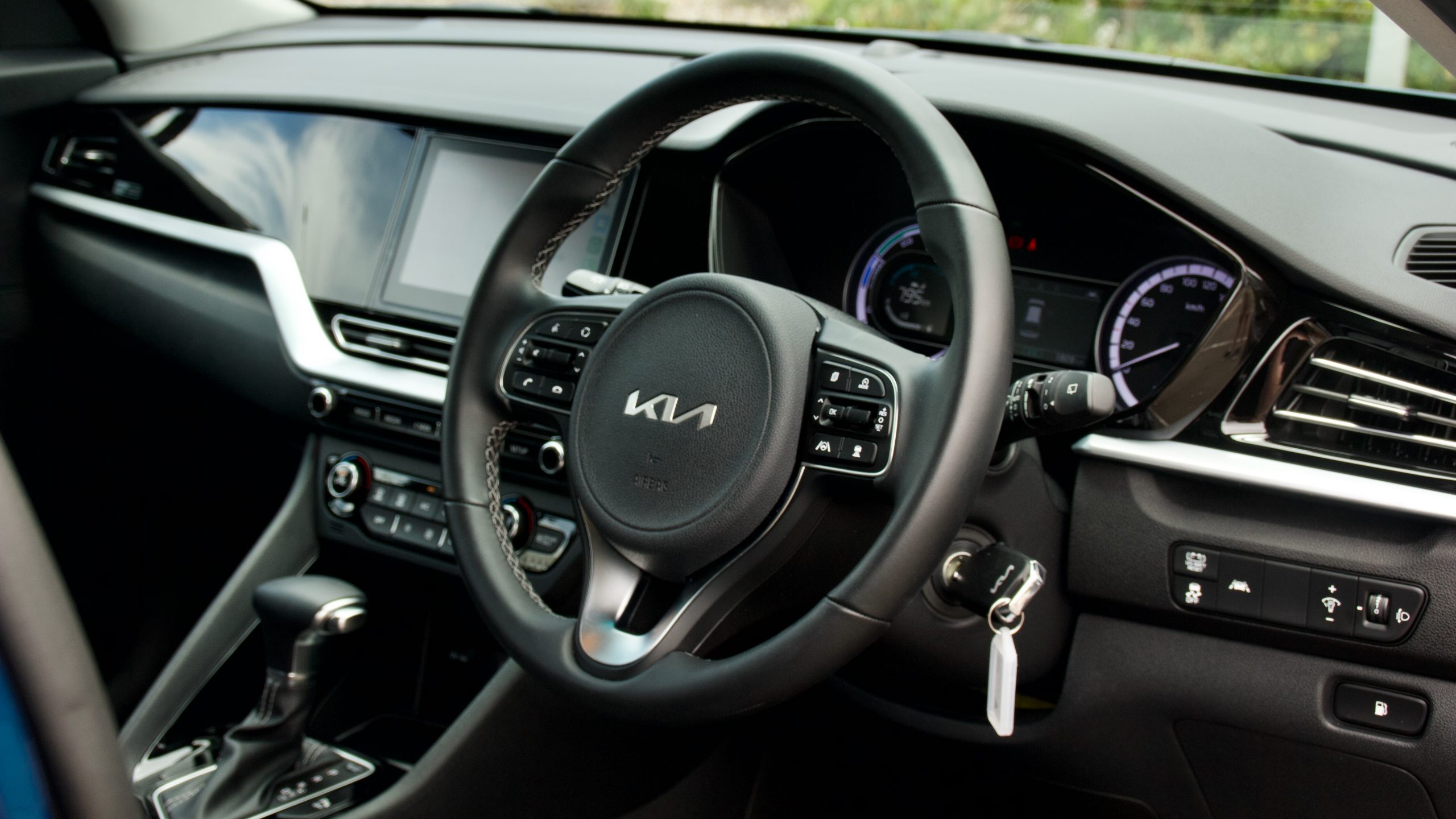
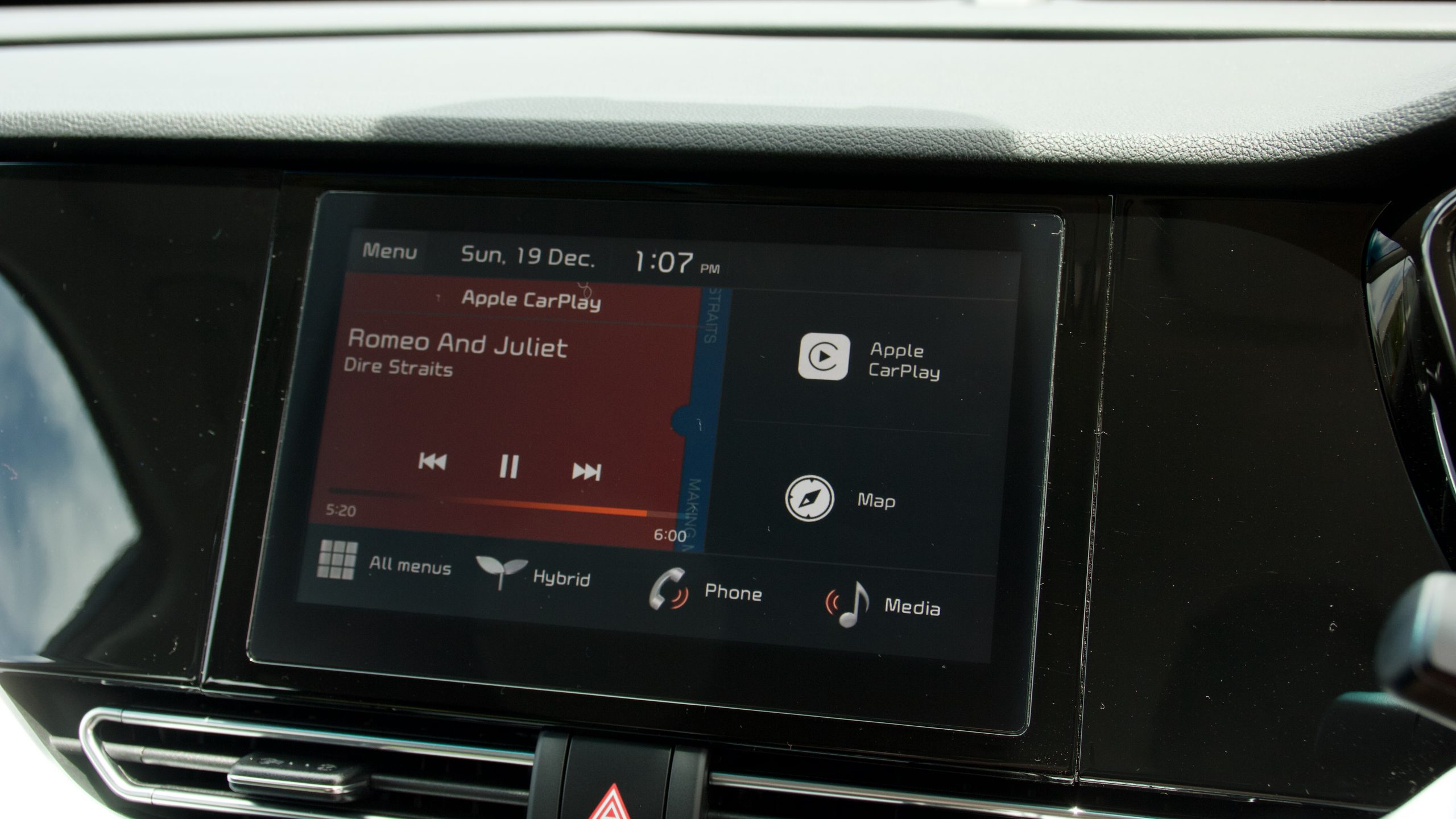
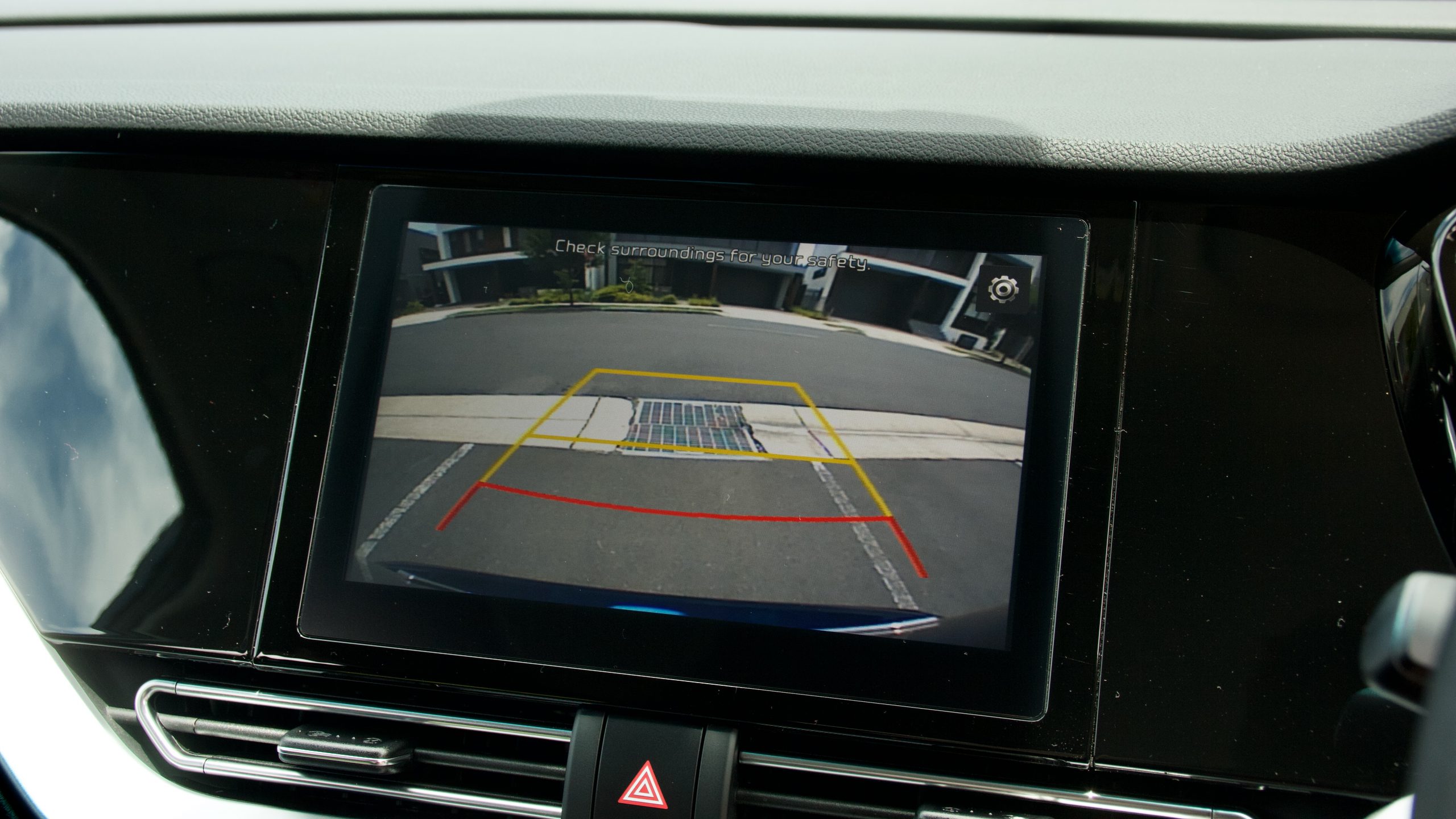
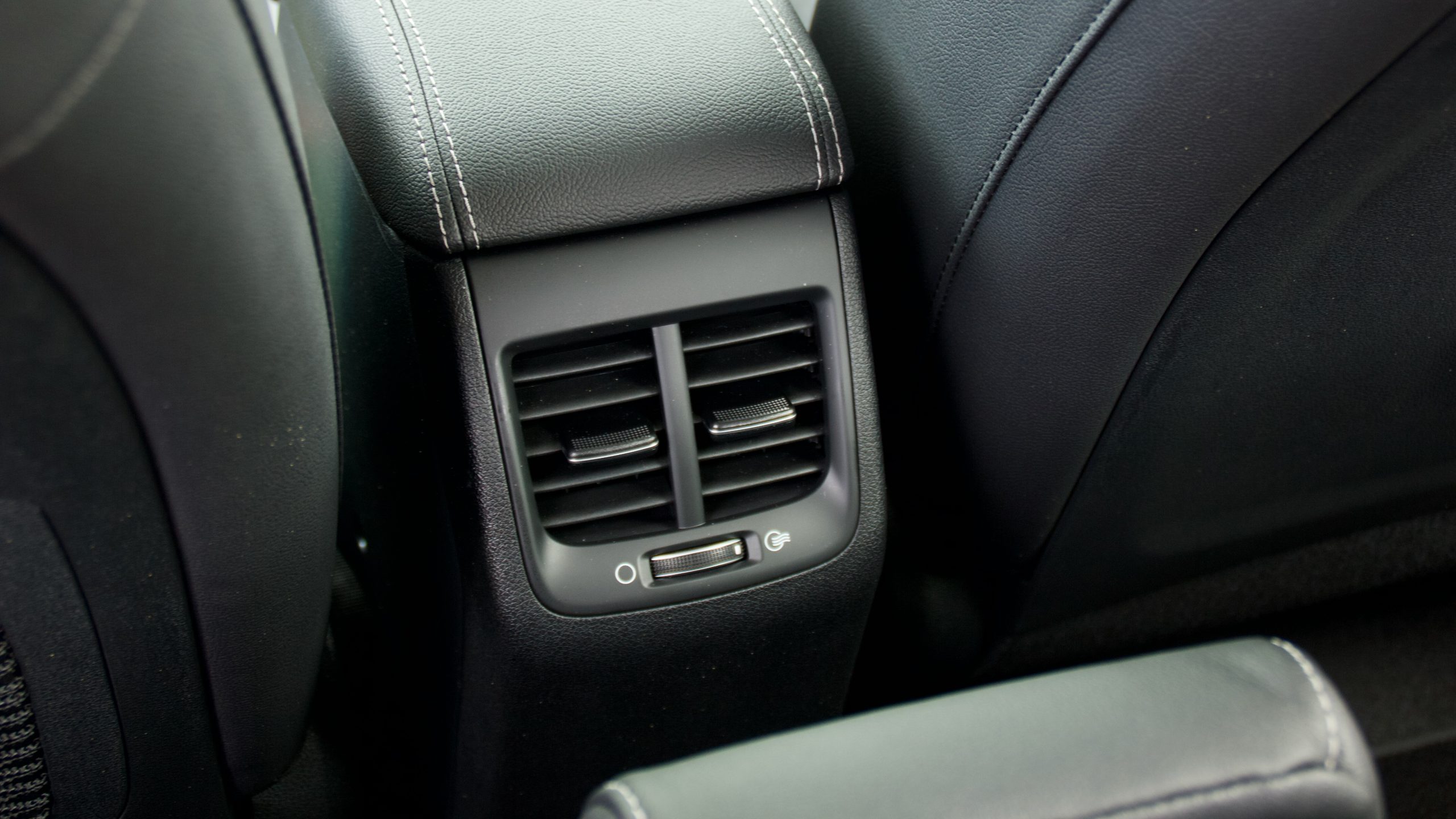
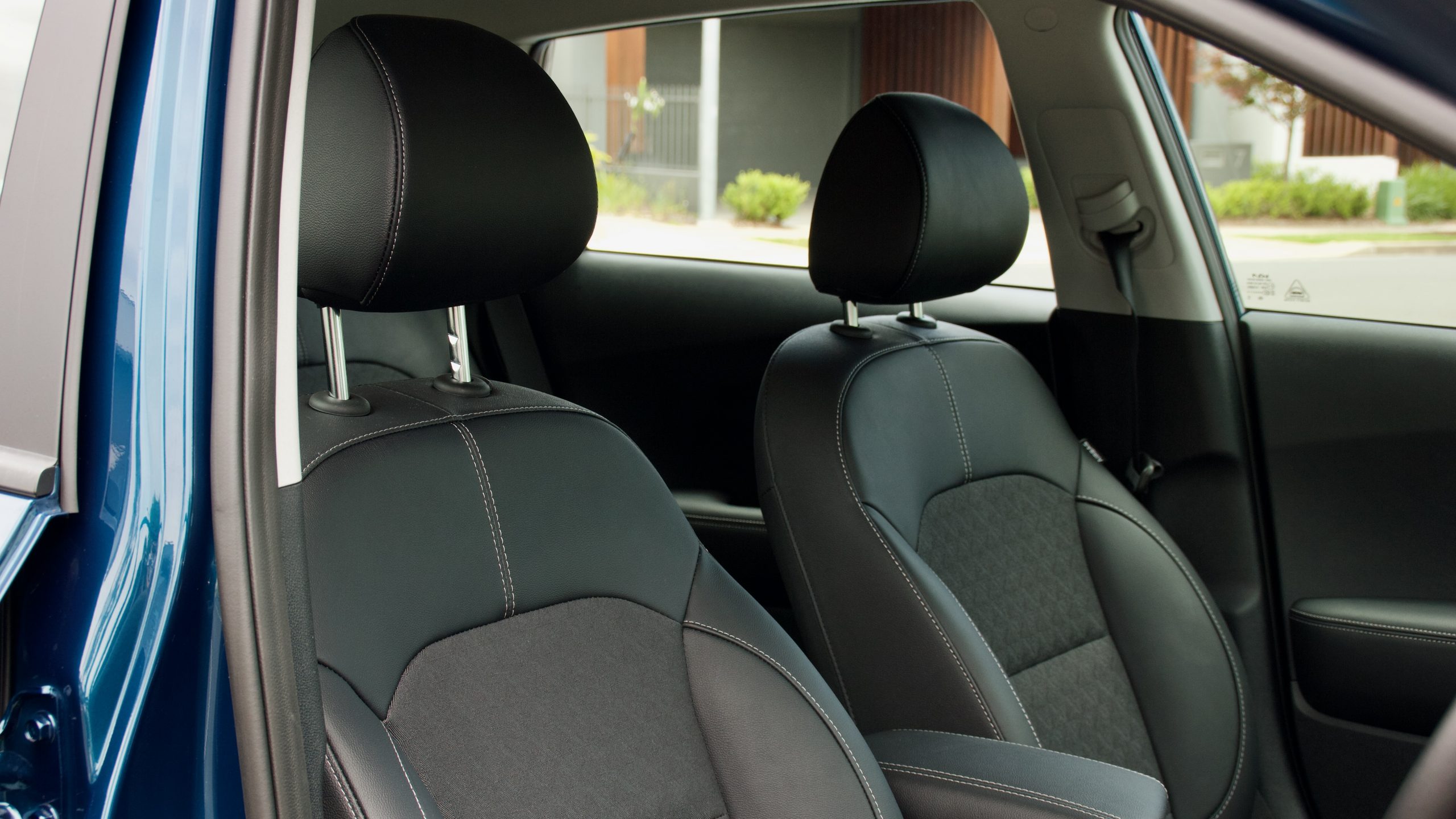
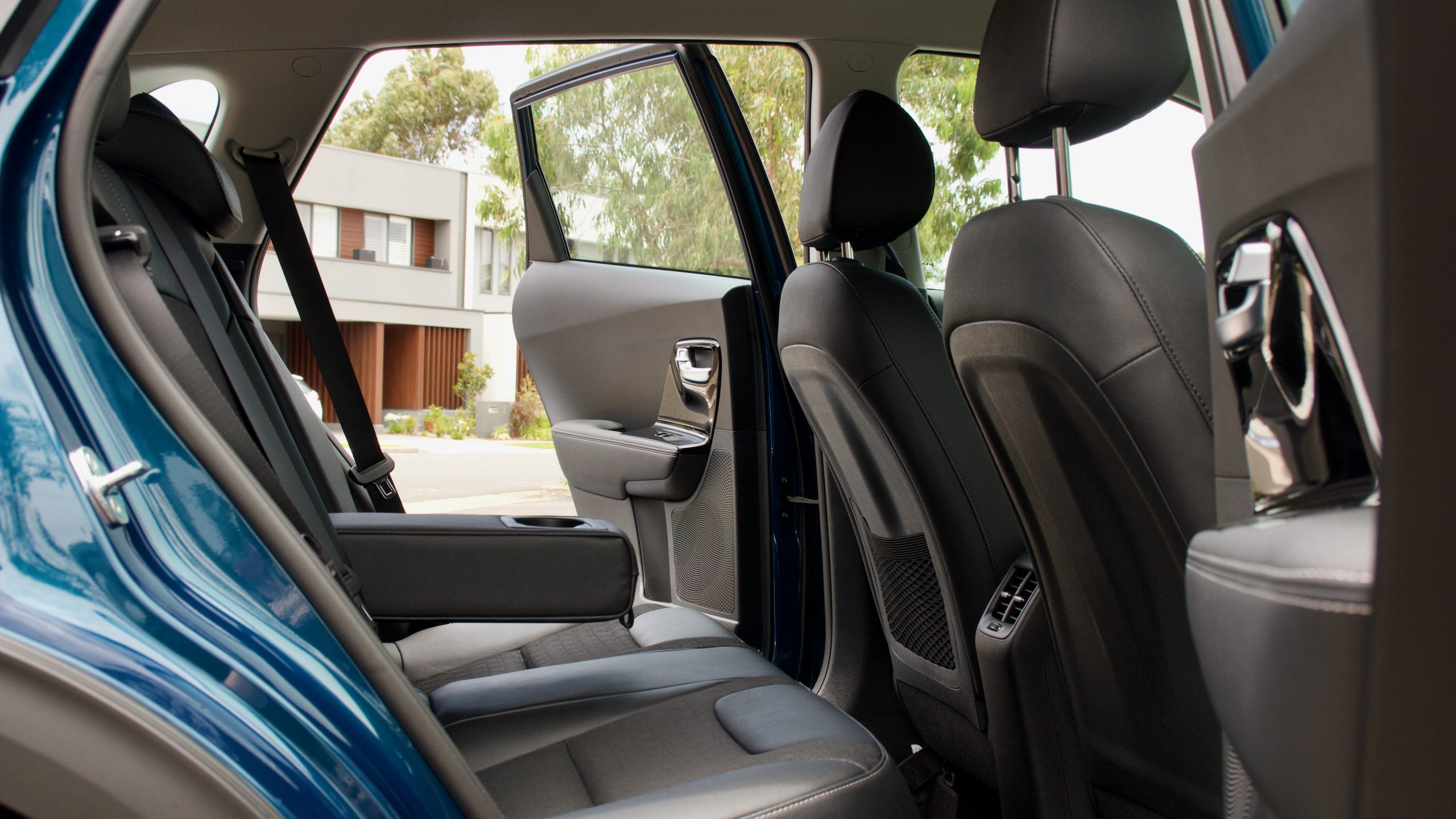
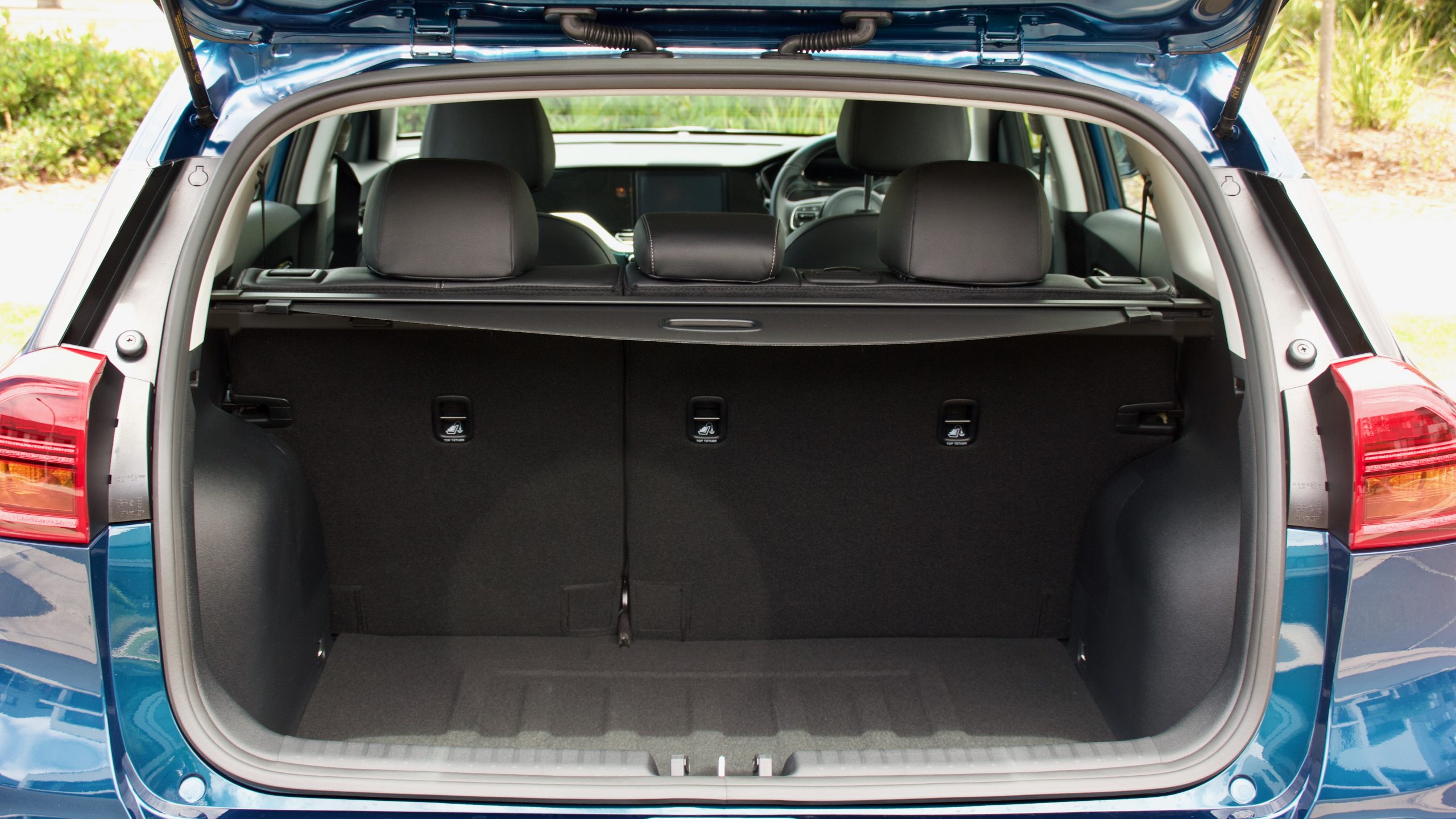
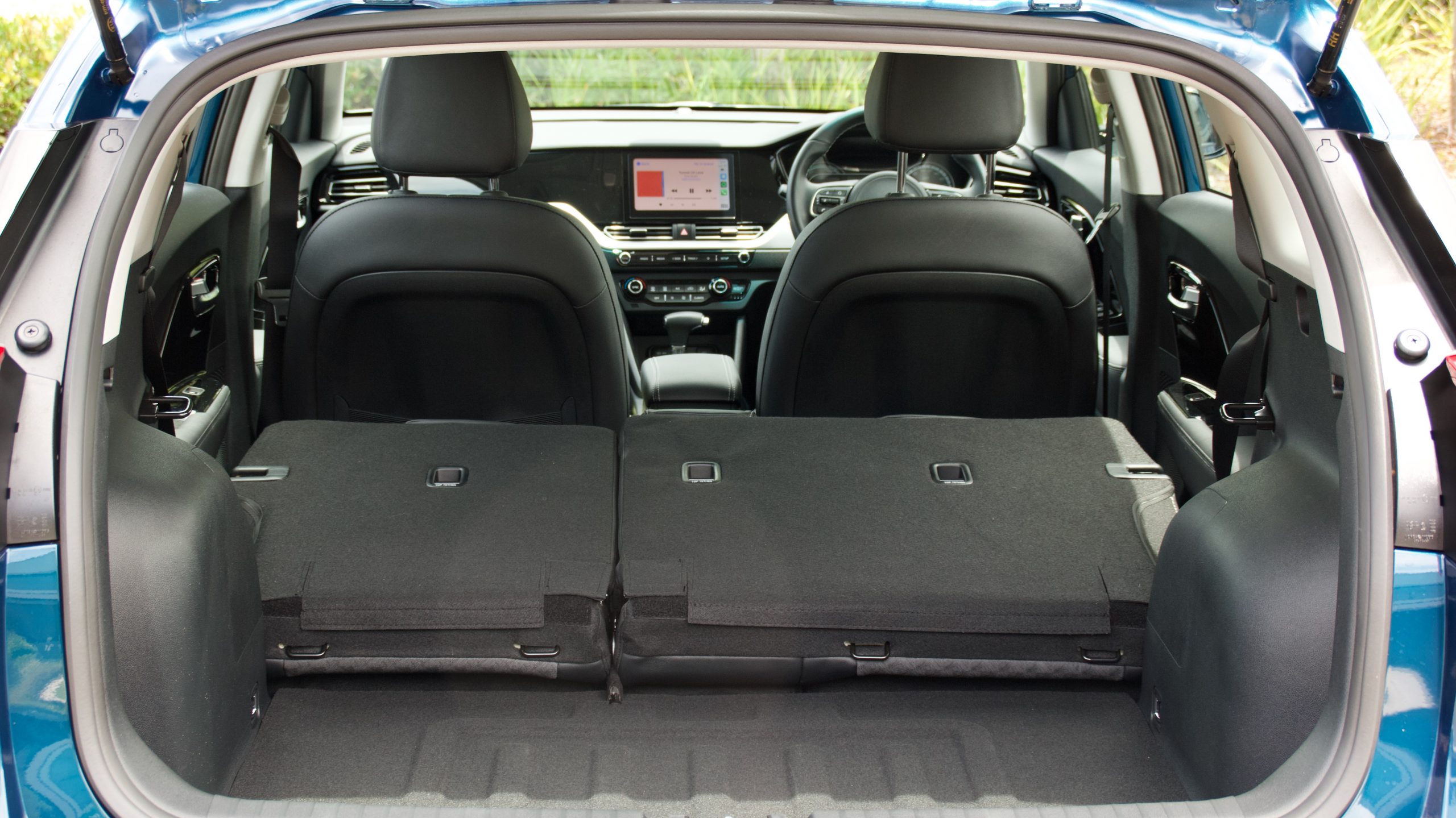
Leave a Reply